March 28, 2021
Martha O'Kennon
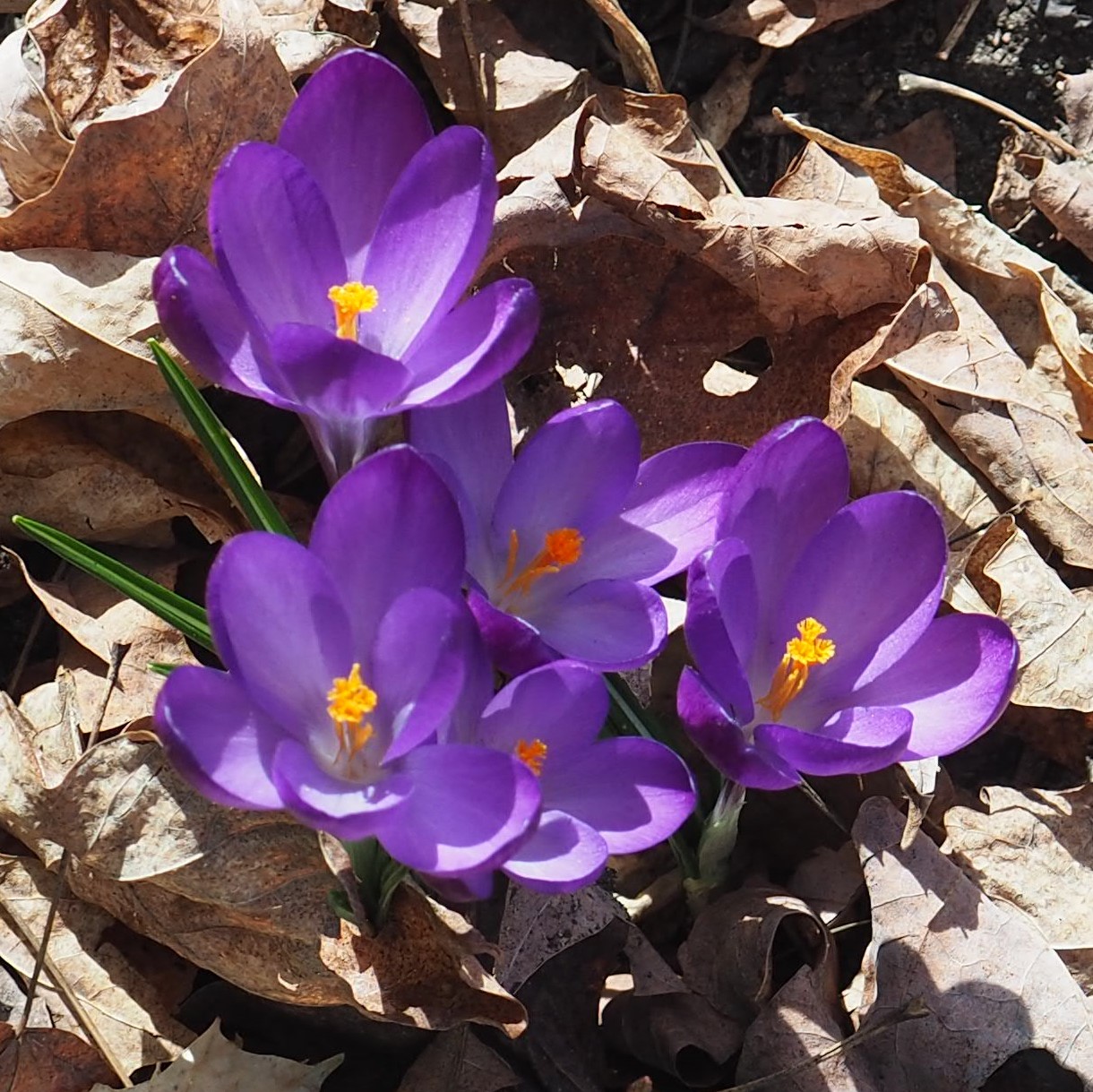
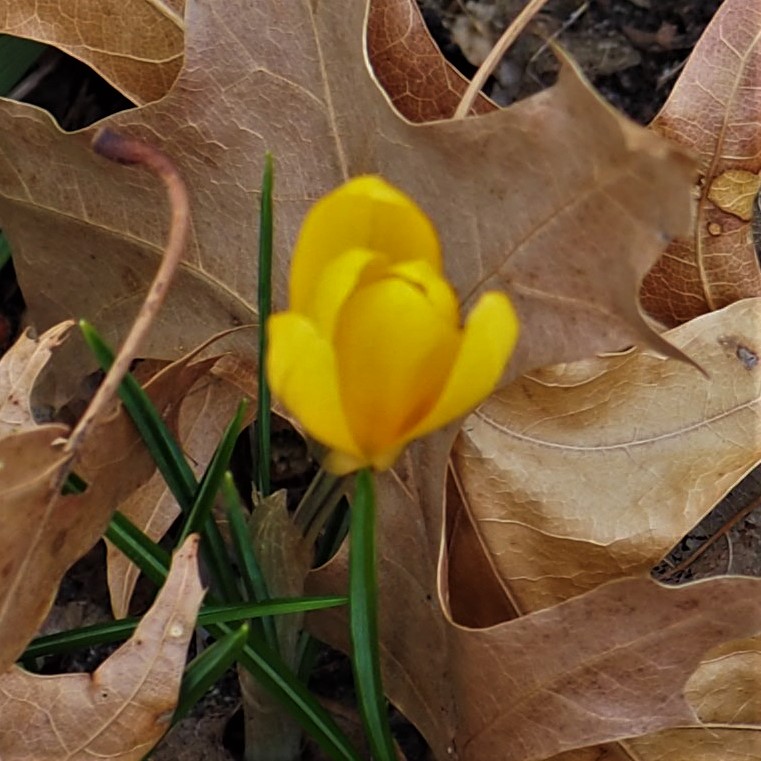
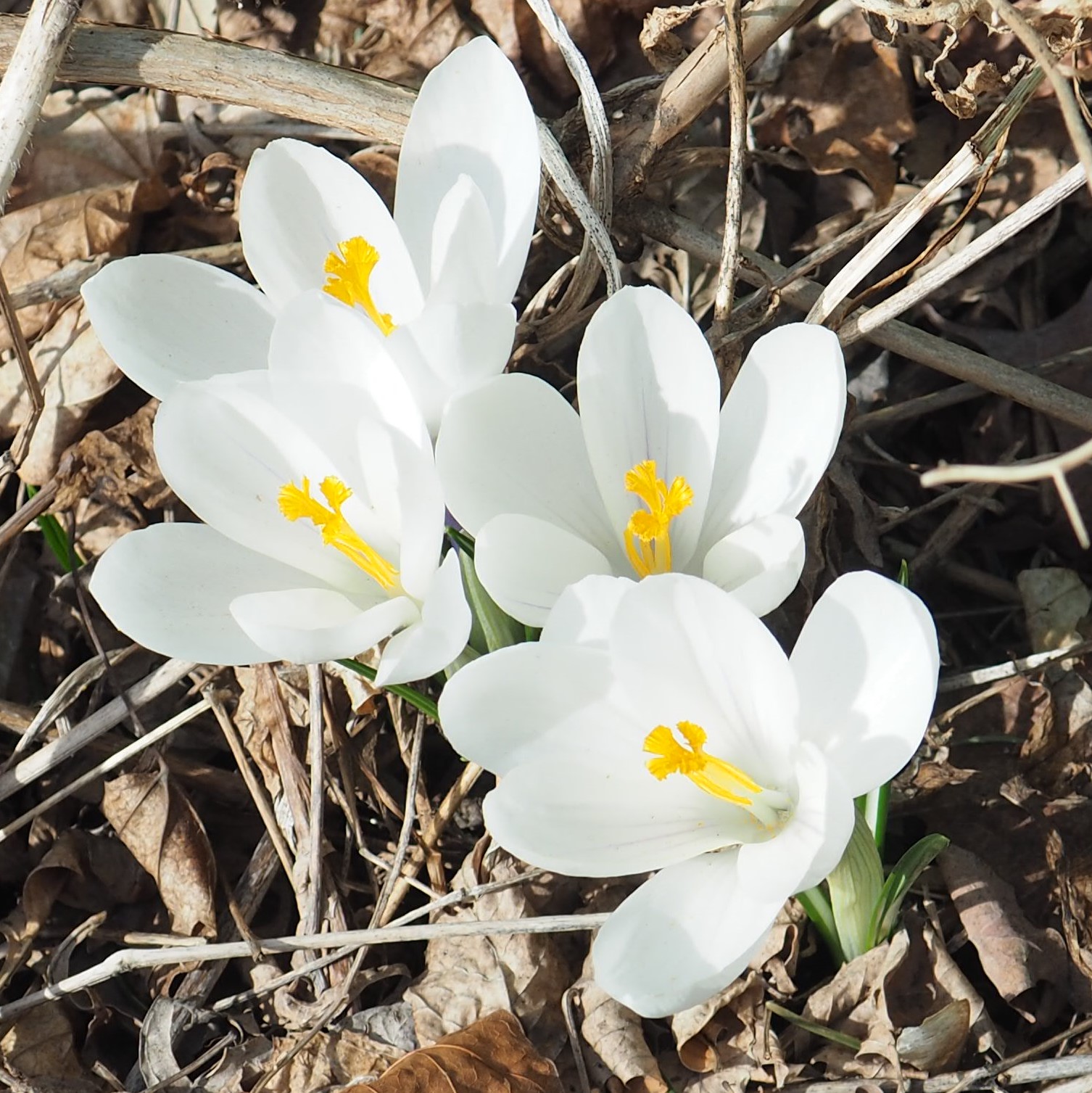
Now the Crocuses are fading, especially in the back yard, but there are still nice bunches of "Easy Spread" and a few clumps of gigantic White Crocus are doing fine, and there is ONE little Gold Crocus.
Remember that there is information in the name of the file for each image. You can see it by mousing over the image - look at the lower left of the screen. Or you can click on the image to get to the (usually) larger image. Then the info is displayed in the address line above. Sometimes the second click will actually display a different view of the original image.
The Ants are so happy that it's been warmish, and they must be finding lots of nectar or other nourishment. Look at this one with the huge gaster. An expert from iNat told me that their gasters (butts) are extensible - see the little rings around them? They can overfill quite a bit. It is actually a Smaller Carpenter Ant! The next one is another that hasn't filled up quite so much. The third one is probably our most common one, the Small Honey Ant with its pointy gaster.
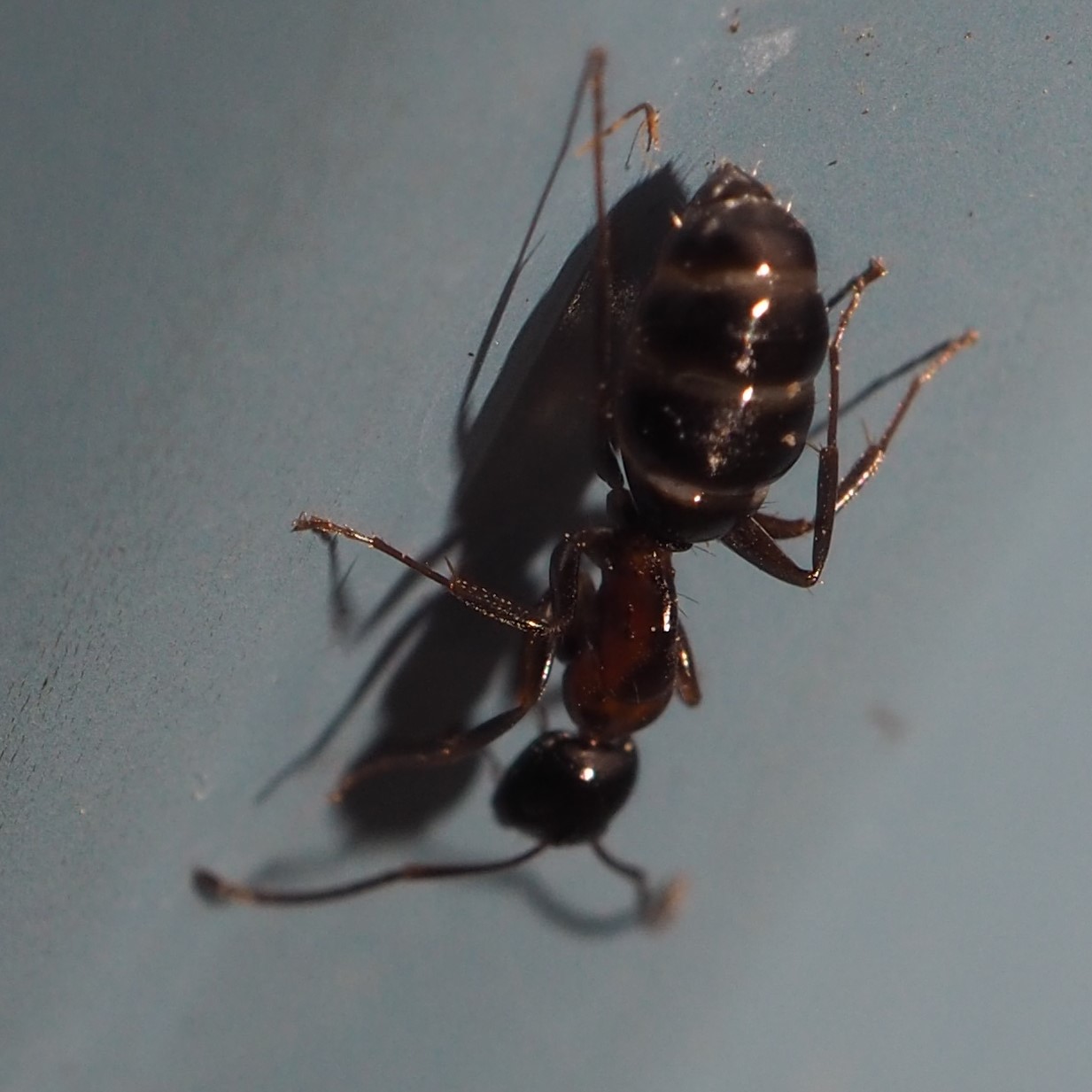
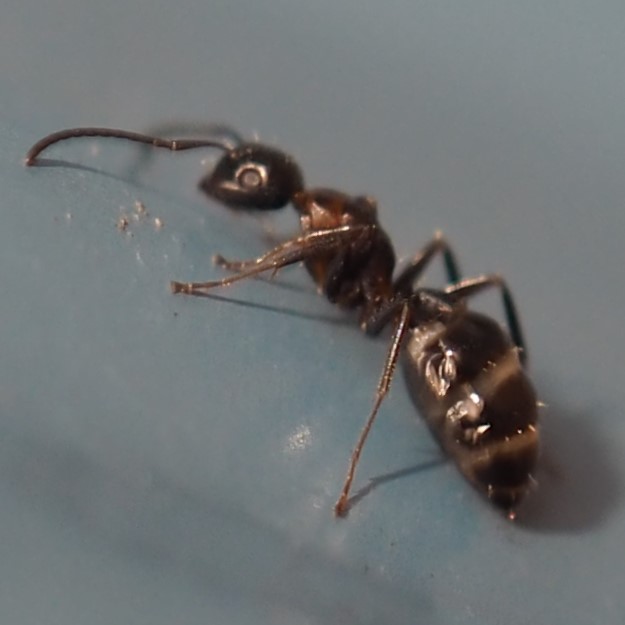
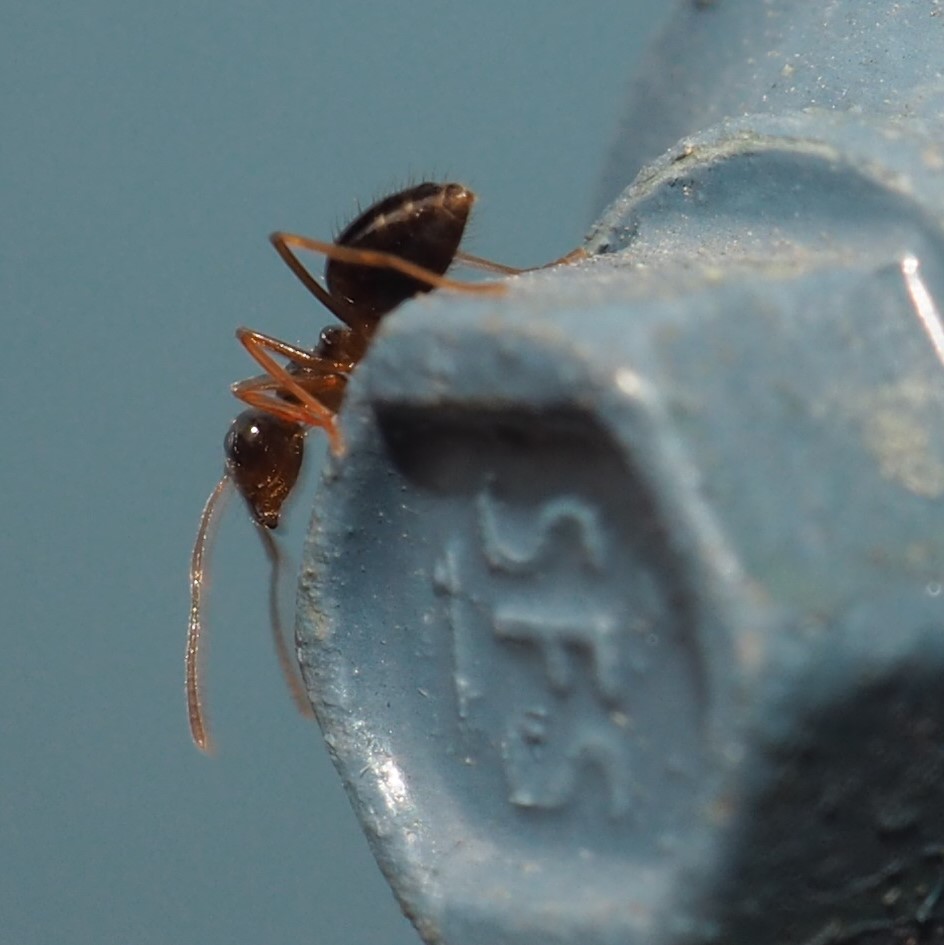
I happen to have a lot of affection for the Small Honey Ant. I first met one when it still went under the name of a False Honey Ant. If you ever hear of it, just mentally correct to Small Honey. The one I met was amazing. There was this huge orange Ant sitting on the shop door. It must have been a just-mated Queen, since it was so large, but its wings must already have dropped off. This was on April 14, 2015. Now imagine my surprise the other day to see a winged Queen sitting right in front of me on a rock by the fish pond. THIS was on March 23, 2021. I have written a small website documenting the four swarms I've seen, every other year from 2015 to 2021. In each year the swarm has come sooner and sooner, so that by now it's about 3 weeks sooner than the first time. I can't help glibly blaming global climate destabilization!
 4 14 15a.jpg)
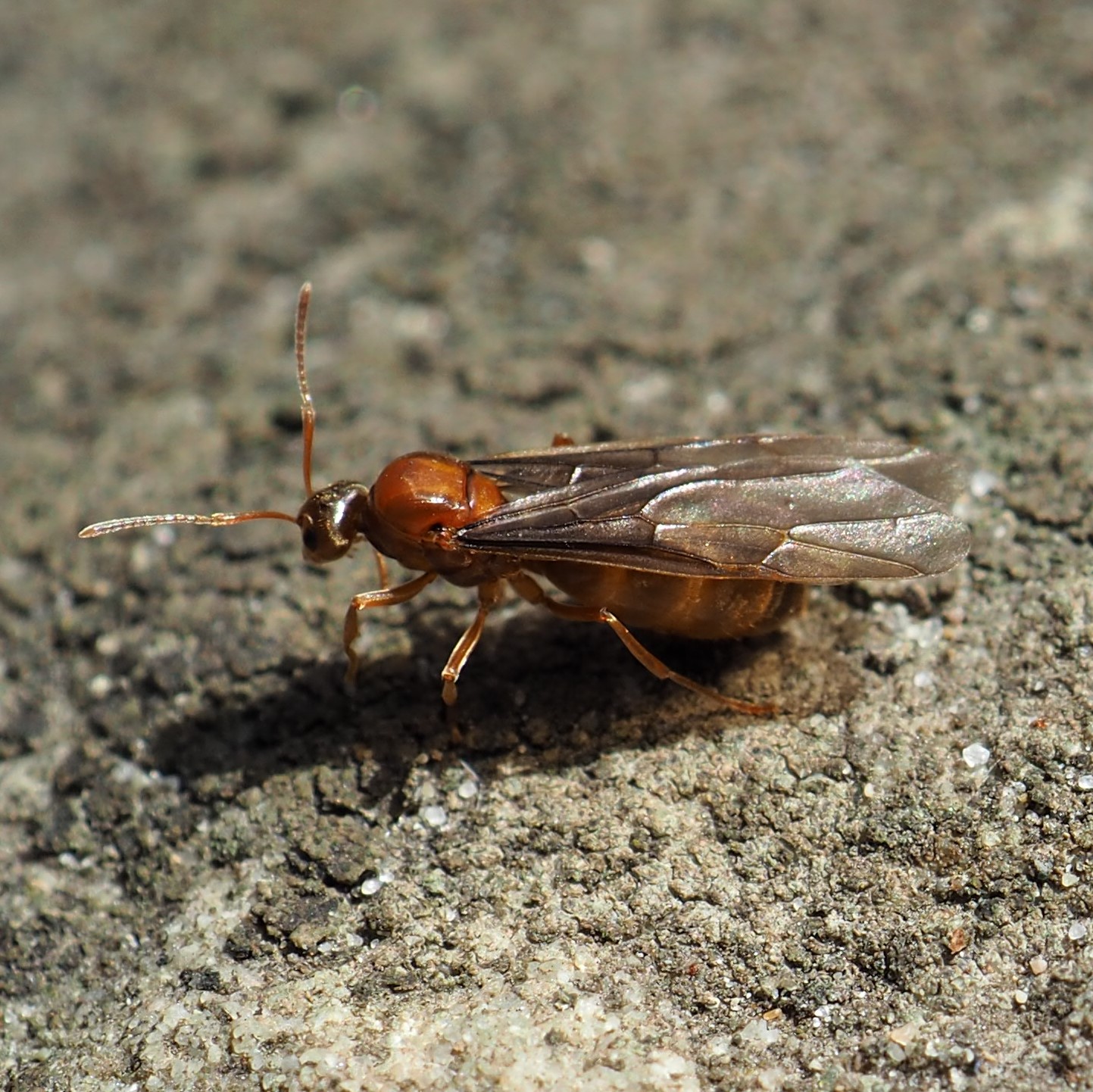
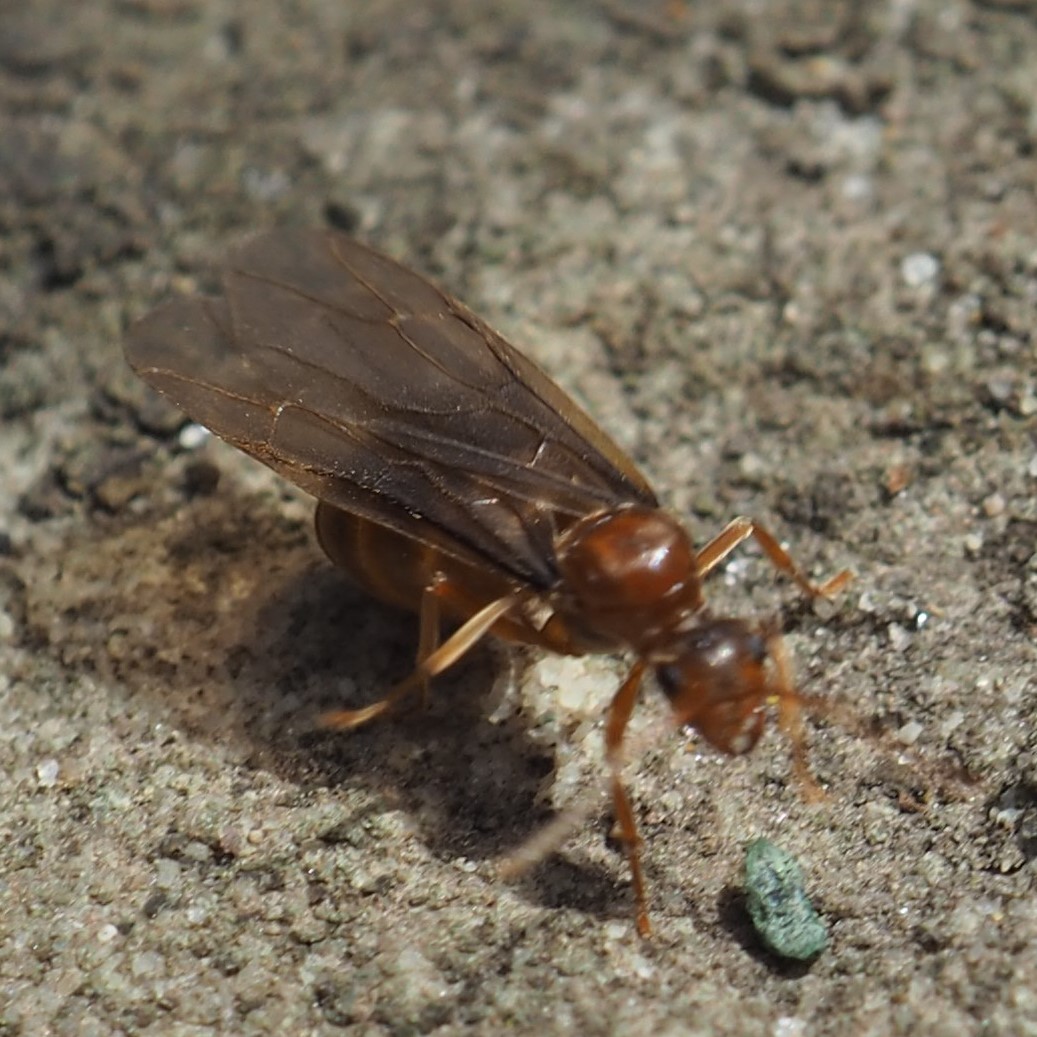
There WAS at least one other species of Ant that we saw, either on the Wall, or racing down the sidewalk out front, or walking on one of the stones beside the pond. Our beloved Eastern Black Carpenter Ants!
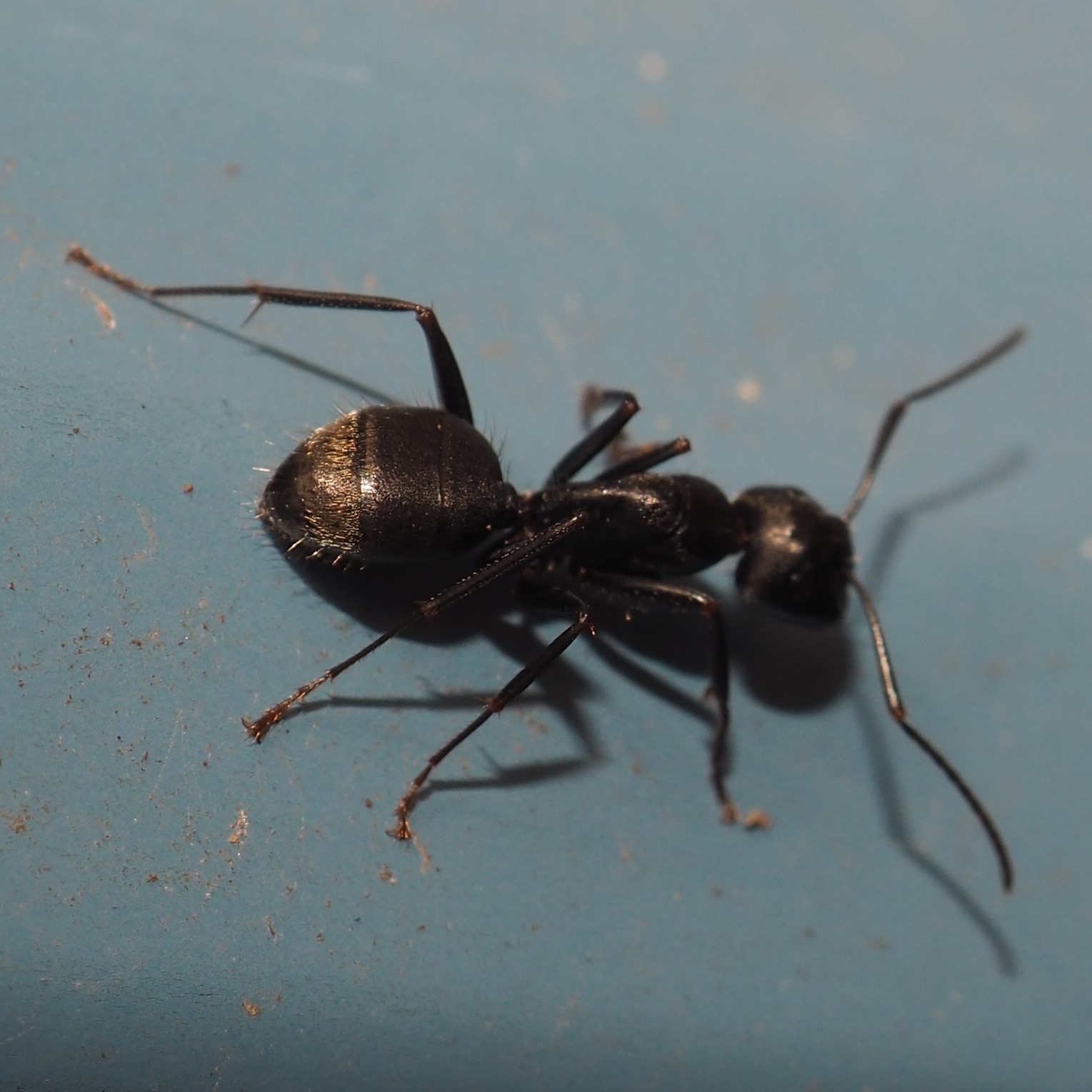
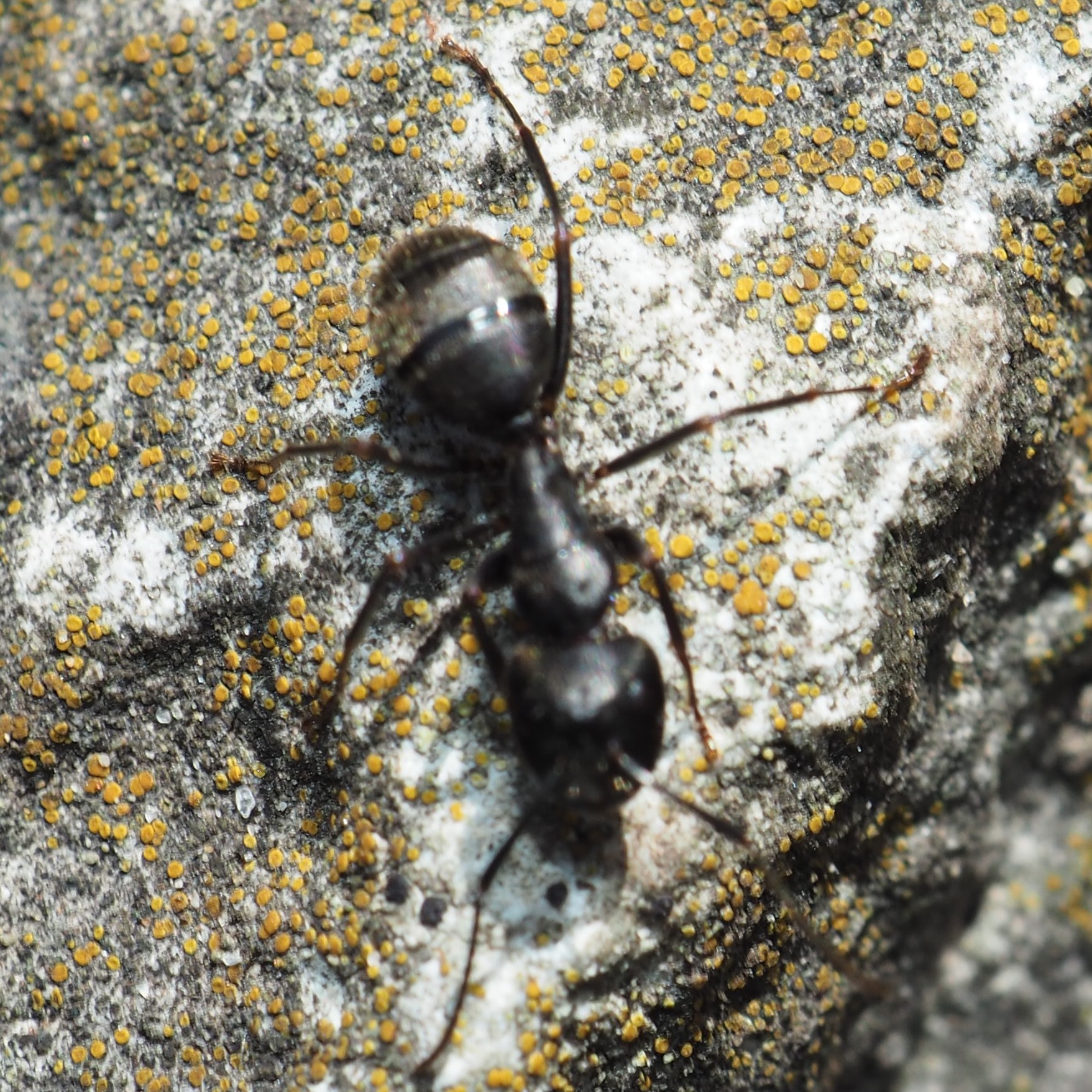
If you remember last fall, it seemed that the Ectopsocus meridionalis Barklice were either busily building masses of eggs on the North Wall, or fielding problems when the rain would wash so many away, and then we had to worry about the survival of the family, but that at the end of the fall they had made many egg clutches all along the lichen-rich North walls. By September, they had lots of masses from panel 4 to 10. Here is the famous panel 8 construct as it was on March 24. The upper part seems to have hatched, or maybe the eggs were washed away during the winter. But the lower part consists of quite a few big reddish-purple eggs. Panels 9 and 10 have good batches of reddish-purple eggs and the hard protective covering is breaking down. I expect things to continue and yield goodly batches of nymphs.
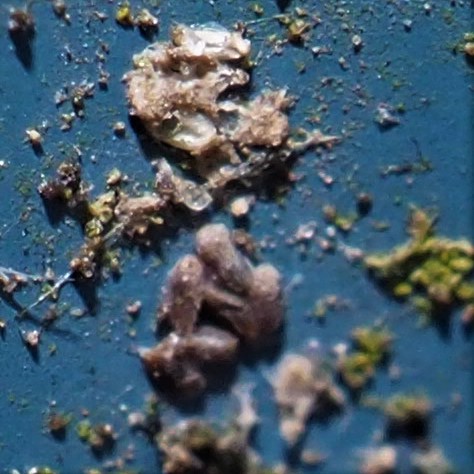

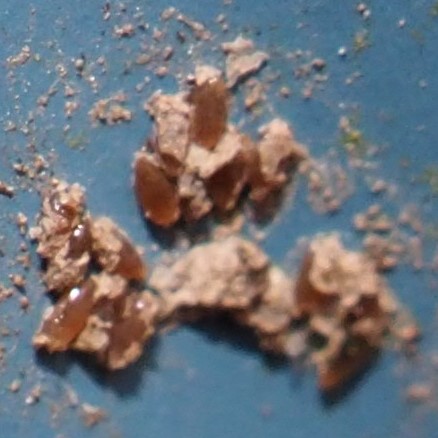
But nature is, as we know, not always sweet and kind to its creatures. On the stormy night of March 25, most or all the eggs seem to have been washed away! I was once more tempted to dissolve in grief for the little fellows I had so looked forward to seeing soon! But knowing that things go around and around, I have survived for now. In a few places, I have been finding little batches (4 tops at a time) of eggs, lying on the ground, but I suspect most were washed off the siding rim and into the ground. Who knows when we'll be surprised to see once more little nymphs on the Wall. Here are a couple little piles of question-marks!

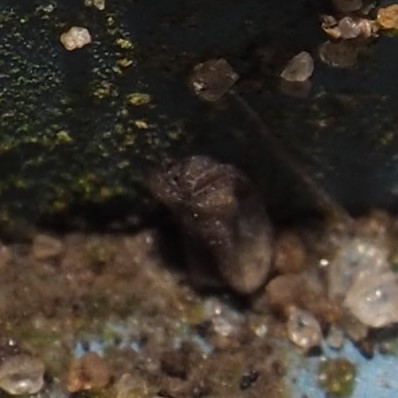
But how about the bees? Well, while we have flowers, we have bees. Right now, as the early bulb flowers go by, the bees still faithfully visit them. Here is one I don't recognize in a Purple Crocus. But the White
Crocus has attracted almost as many Honey Bees as flowers. (Click once or twice to magnify.)
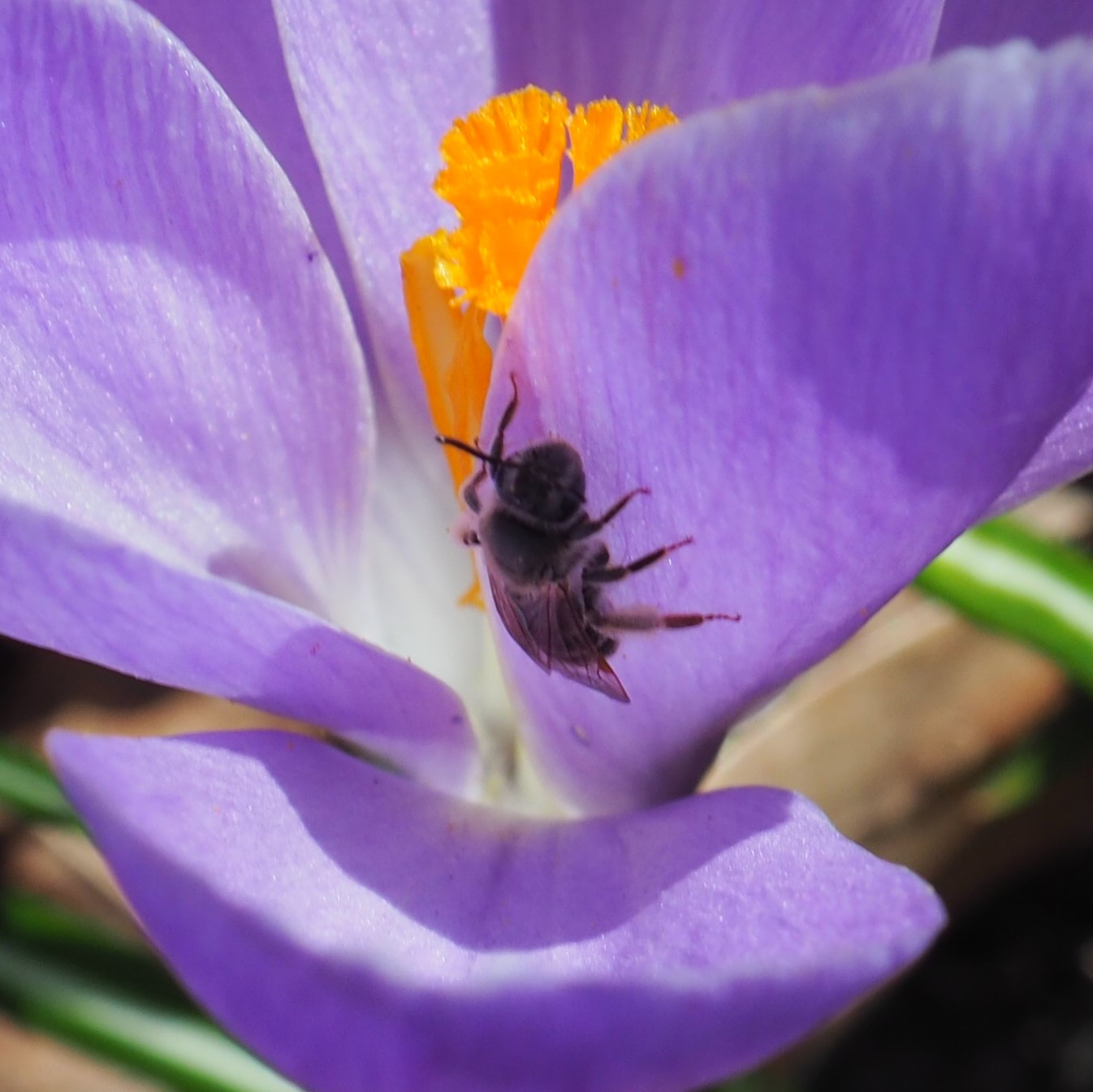
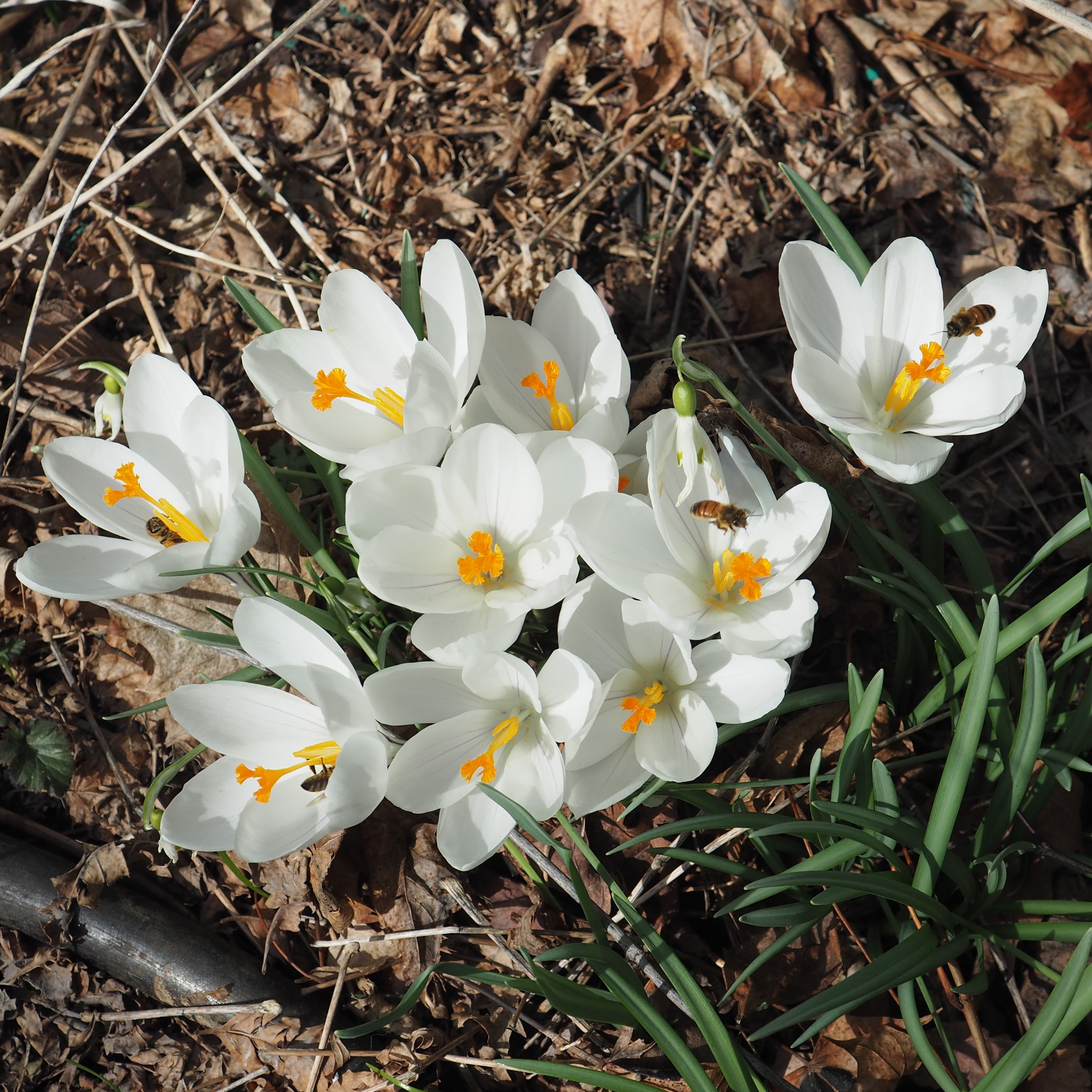
But the Beetles are here. Here is an Asian Lady Beetle (it was on my bedroom wall waiting for me to notice it).
Next is a Puff-ball Beetle - too bad we can't see its strangely-pronged antennae. And third is the Redbud Bruchid, who eats the seeds from inside the pods of the Redbud..


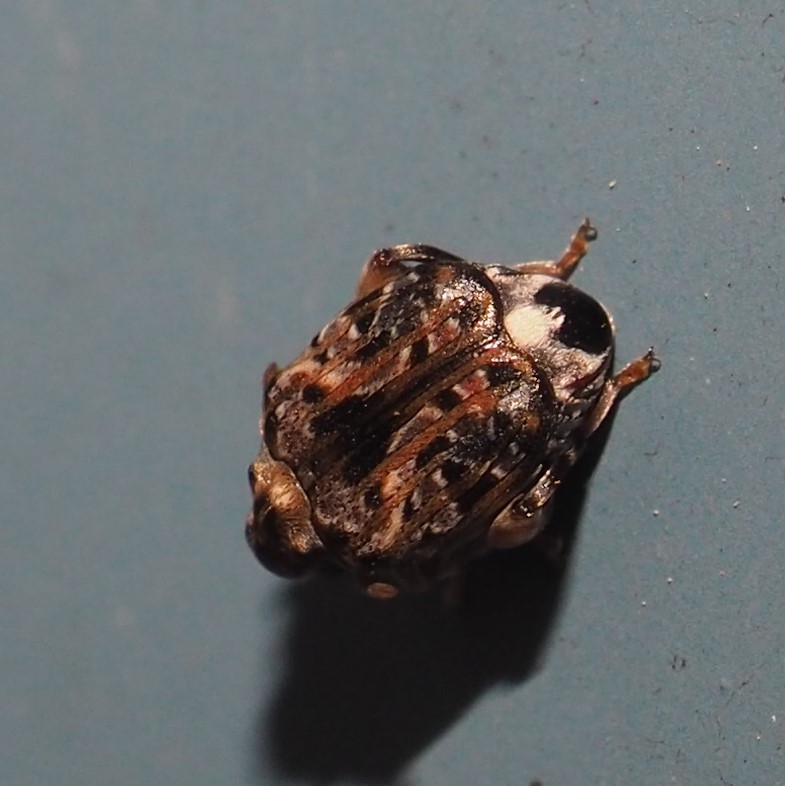
This tiny Dung Beetle is probably Agoliinus leopardus but I couldn't get down on the ground to get a good dorsal shot. I only got one picture of the second one and in picture 2 it turned inside out to get its inside wings going outta here.
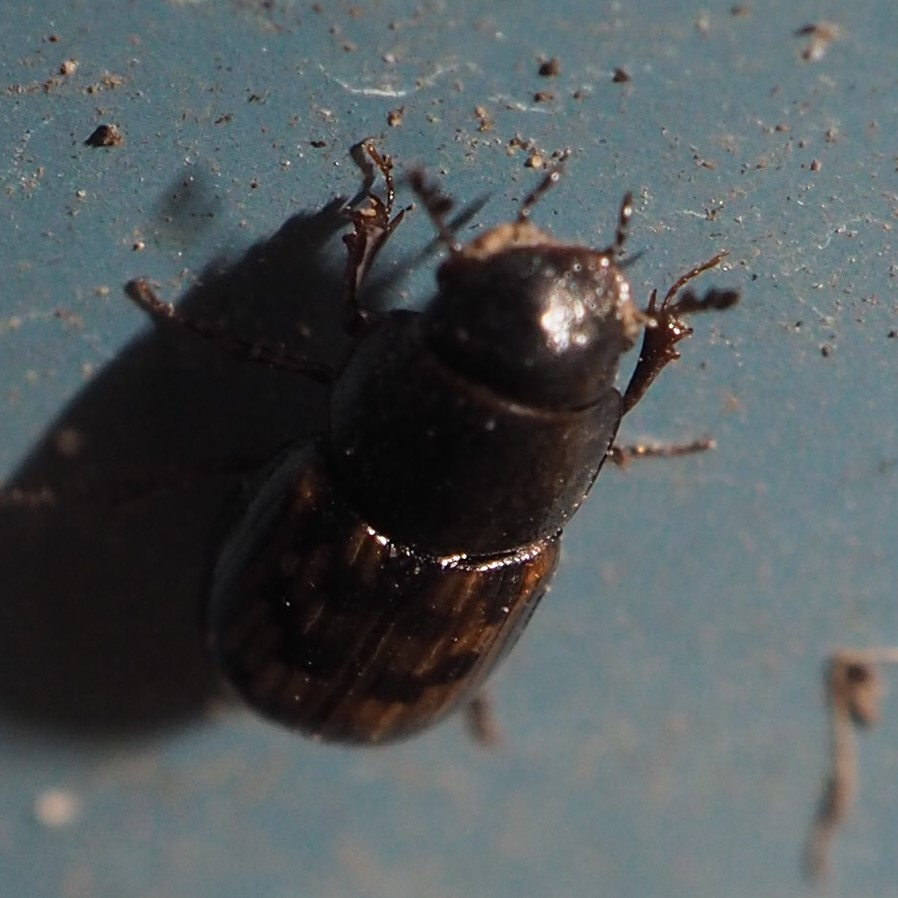
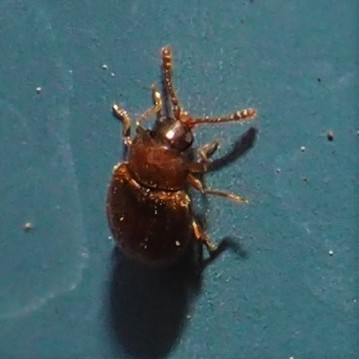
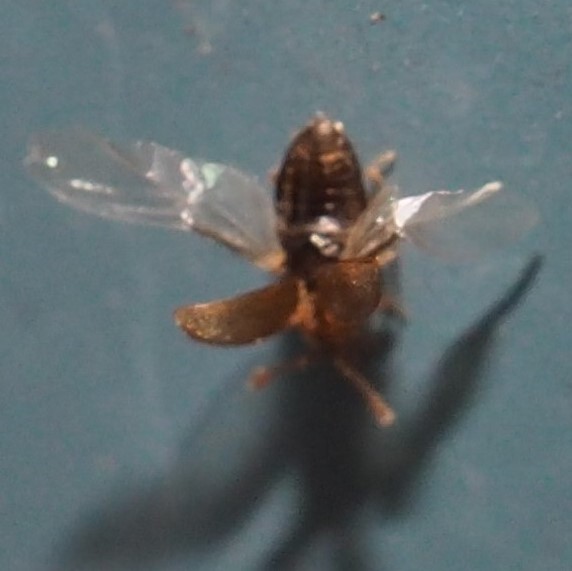
Here is a somewhat similar Beetle, but has so much sand around its neck I couldn't identify it. If you remember, last week I had three Rove Beetles that I thought might be different but they were all in the genus Anotylus. Here is a new one this week, but I haven't gotten an answer as to its genus yet.
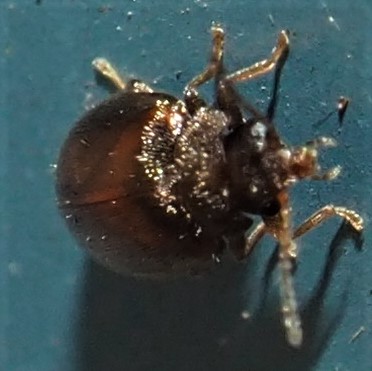
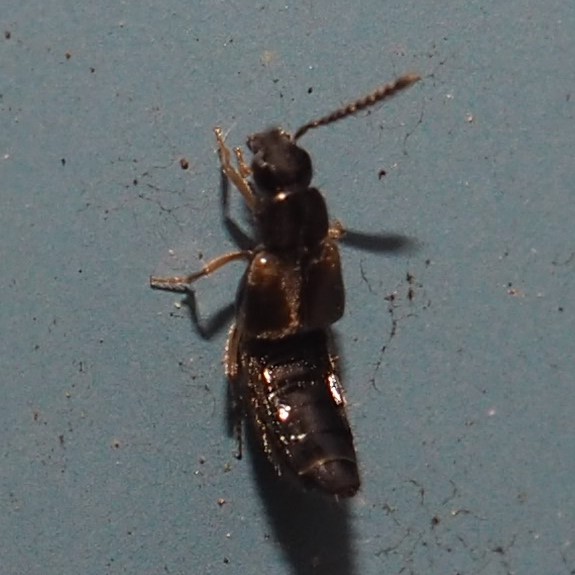
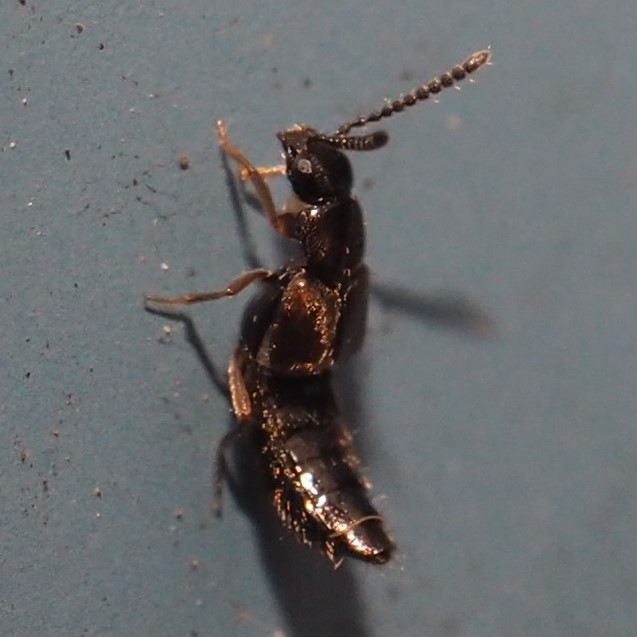
Into the Bugs! The Zelus tetracanthus is still the only Assassin to wake up for this spring. It insists on protecting itself from me by putting its arms up around it. I like the third picture because it shows its face and eyes well.
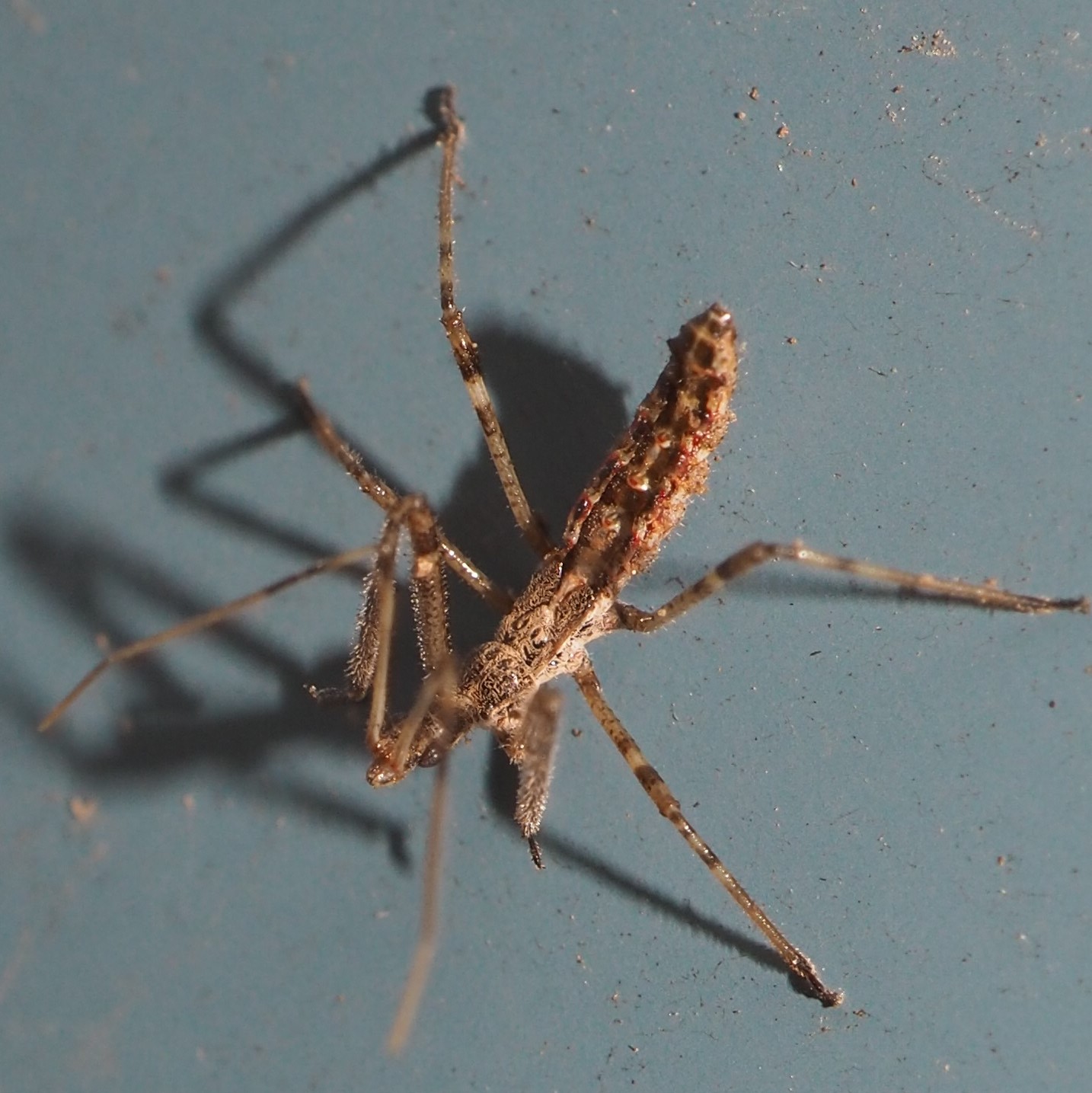
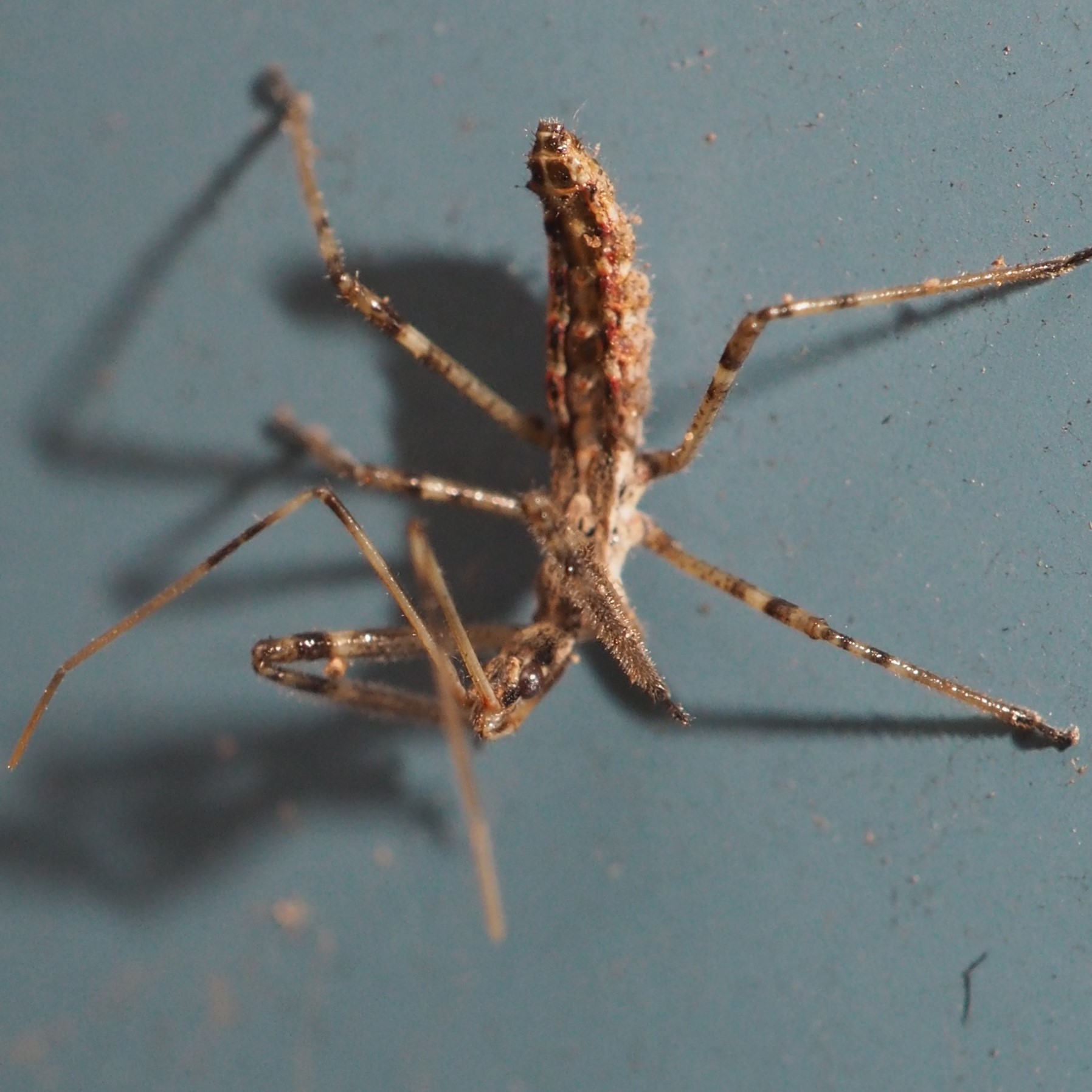
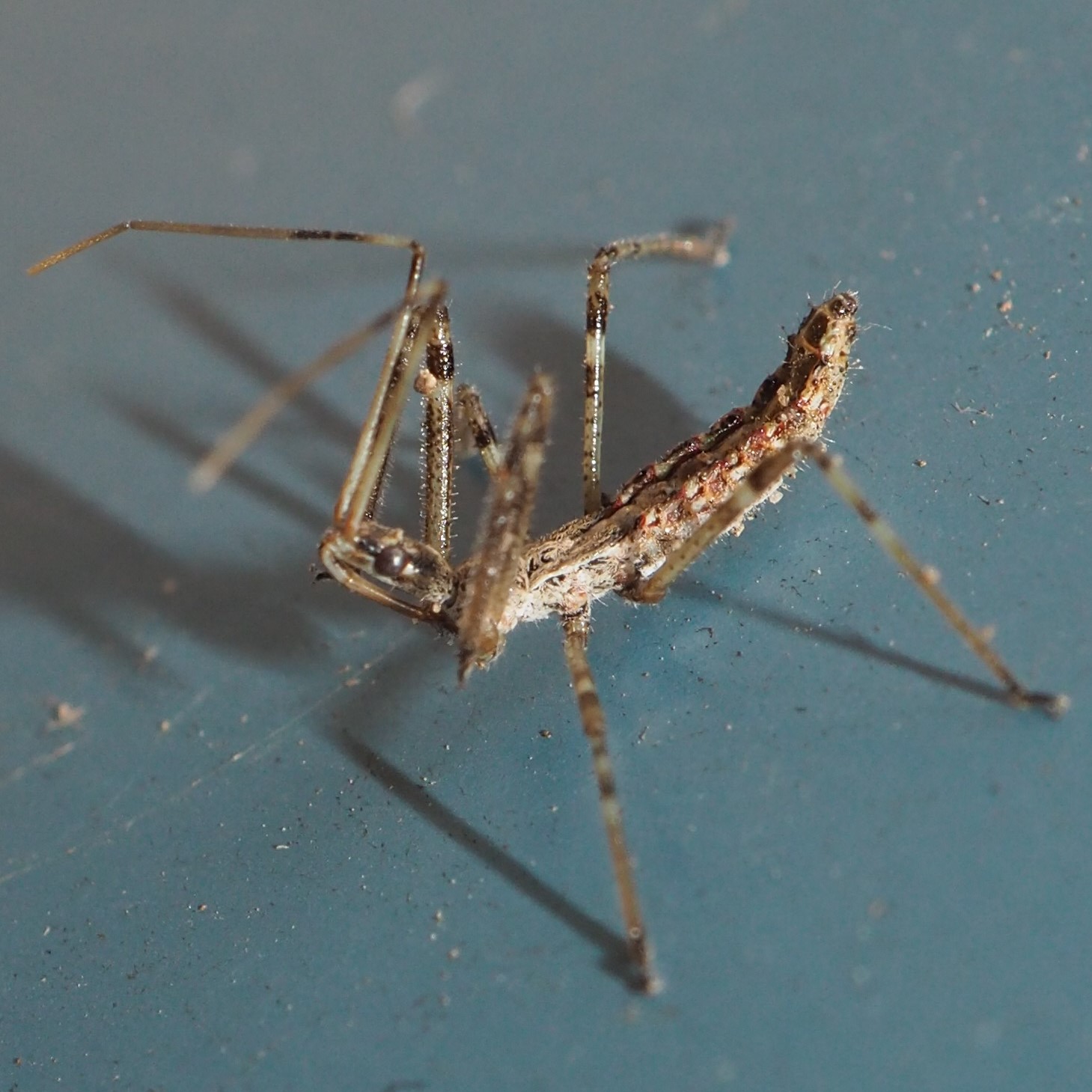
Here's Drymus unus, the Dirt-colored Seed Bug. Then the Insidious Flower Bug, which I've only ever seen a couple of times. I sometimes get it confused with the Obscure Plant Bug, another real bug name.I wonder who makes them up! Third is the Birch Catkin Bug, exactly a month earlier than in the last year I saw one.

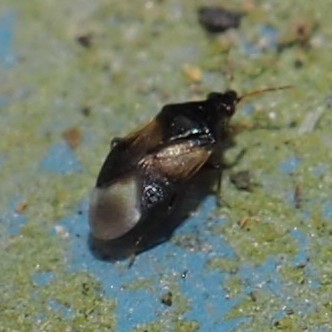
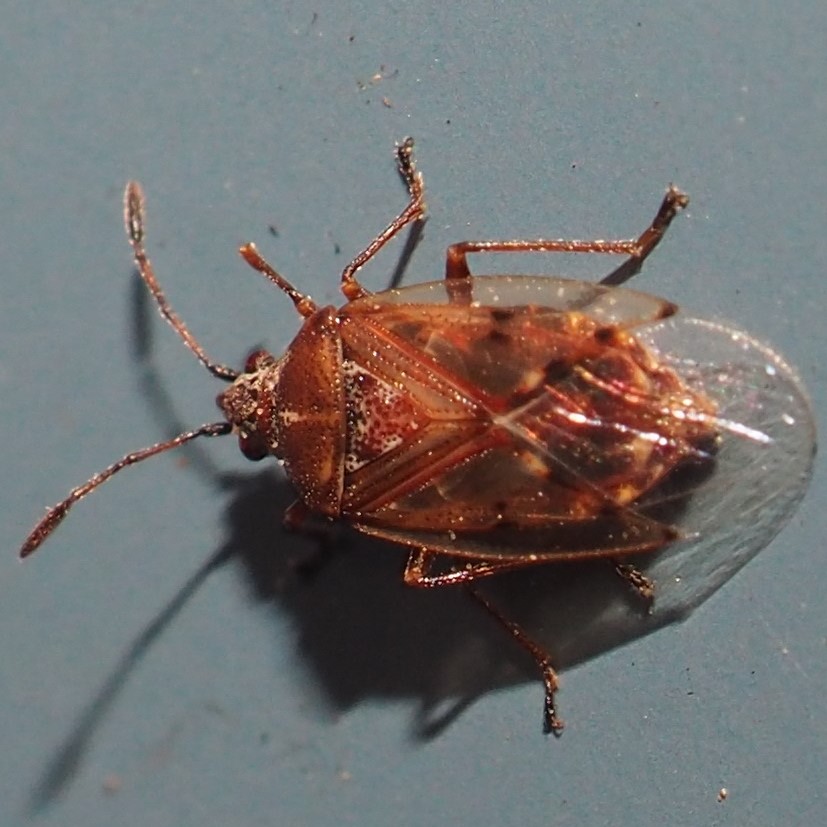
Time for a few Leafhoppers. The Balclutha crew are usually very understated (picture 1) but this week's had much more distinct markings (picture 2). Third is the gorgeous Erasmoneura vulnerata.
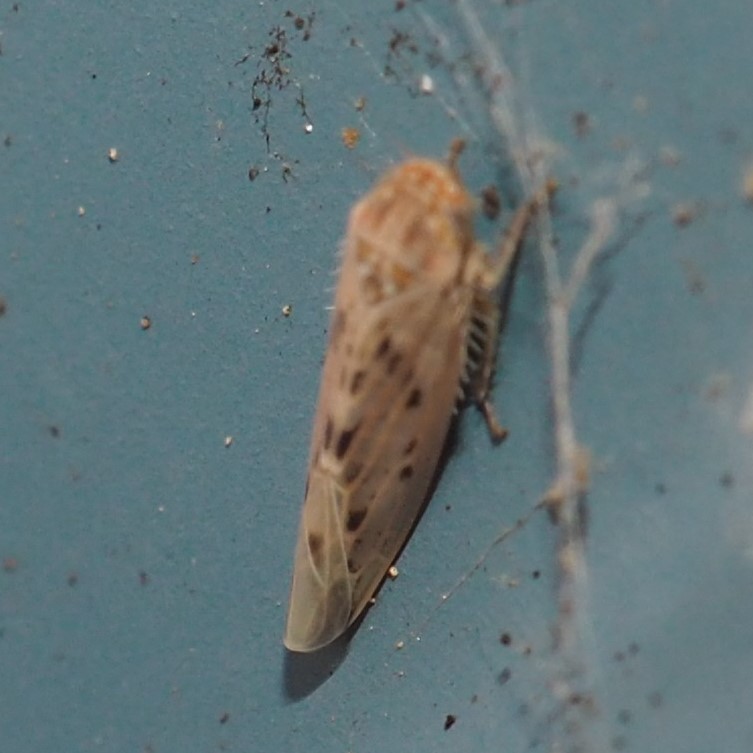
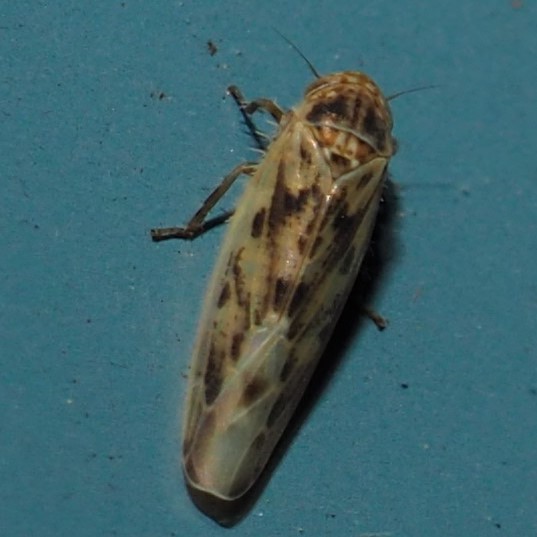
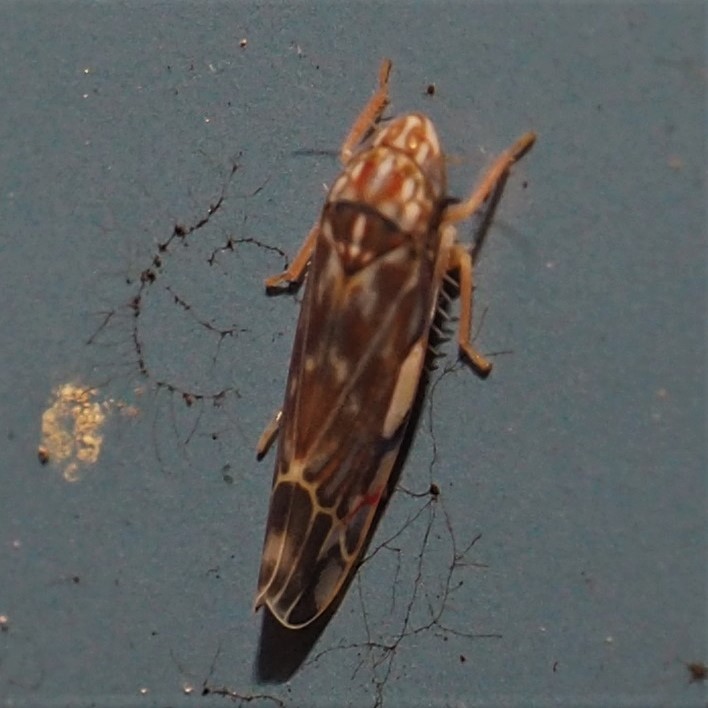
First here is one of the many variants of genus Eratoneura. Then you see two of the basic Erithridula "straight lines" forms.
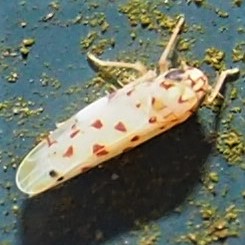
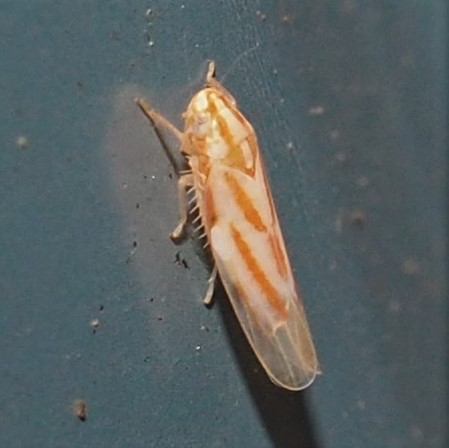
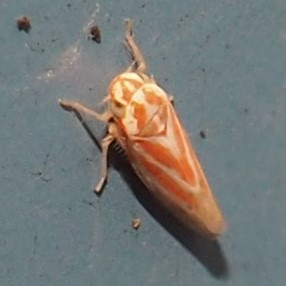
I'm going to start posting Psylloid data here after the hoppers, where they belong more, instead of alphabetically as I had been doing. For some reason, I saw that Hackberry Blister Gall Psyllid again on March 26. Dan Skean says there is a big Hackberry bush over on the Campus Quad and I walked over there yesterday to see if I could find it, but of course it is not in leaf in this season! I do plan to try to photograph the gall itself once one forms. The second seems related, but I don't think it is the same. Pictures 3 and 4 probably show a member of genus Cacopsylla - it looks like one found in BG.
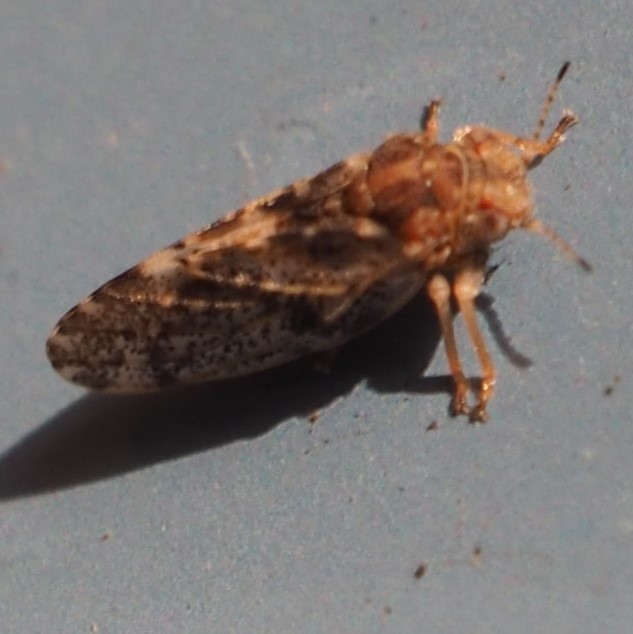
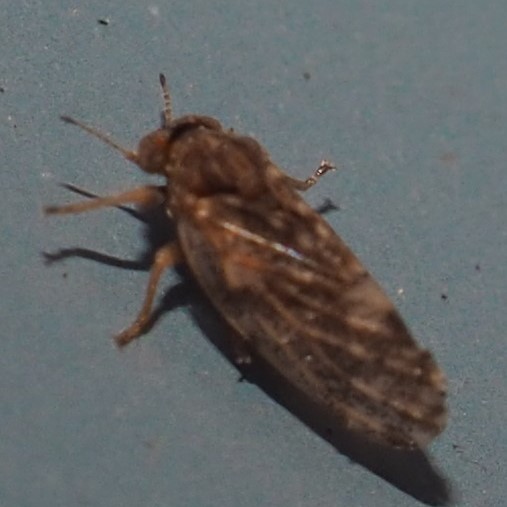
.jpg)
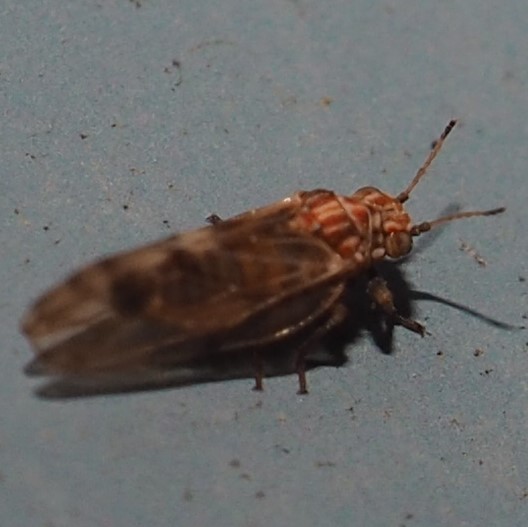
Another Psyllid, probably genus Trioza - I have seen it fairly often but never got a real ID for it. People who know say it would likely be T.albifrons ("white face") if there were any Stinging Nettle around. There used to be some that seeded into a spare pot, but I haven't seen it in quite a while (several years).

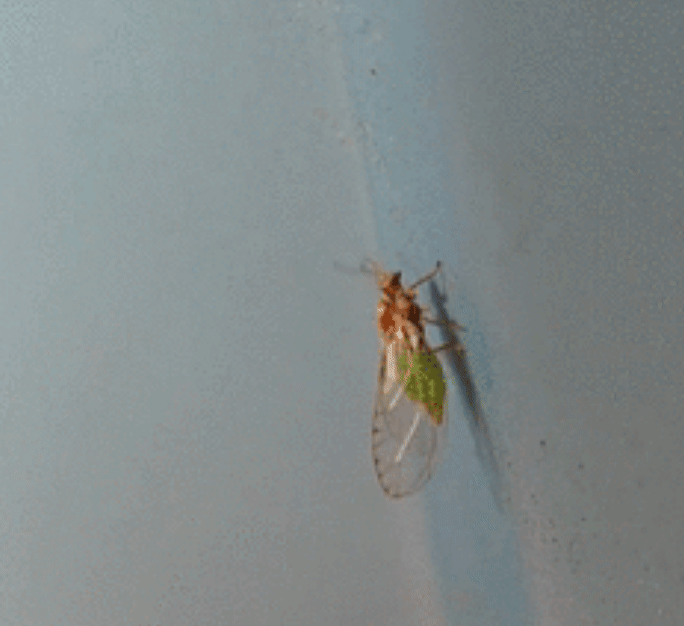
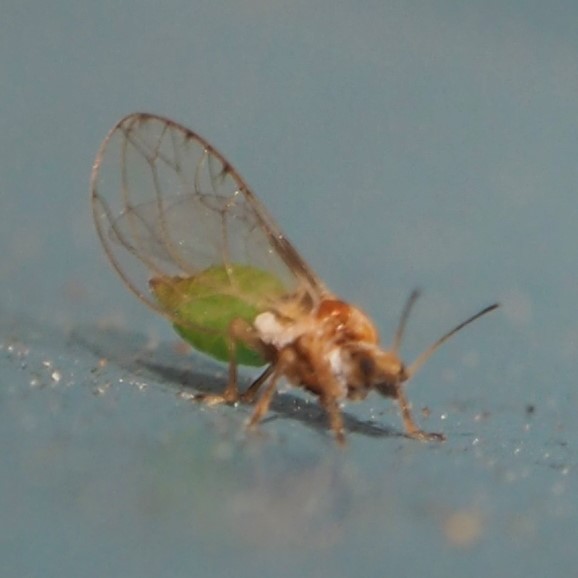
There were some fairly different Flies this week. First, this BIG Fly, possibly a Cluster Fly. And - do I believe my eyes? This last one looks like a possible Anopheles Mosquito.

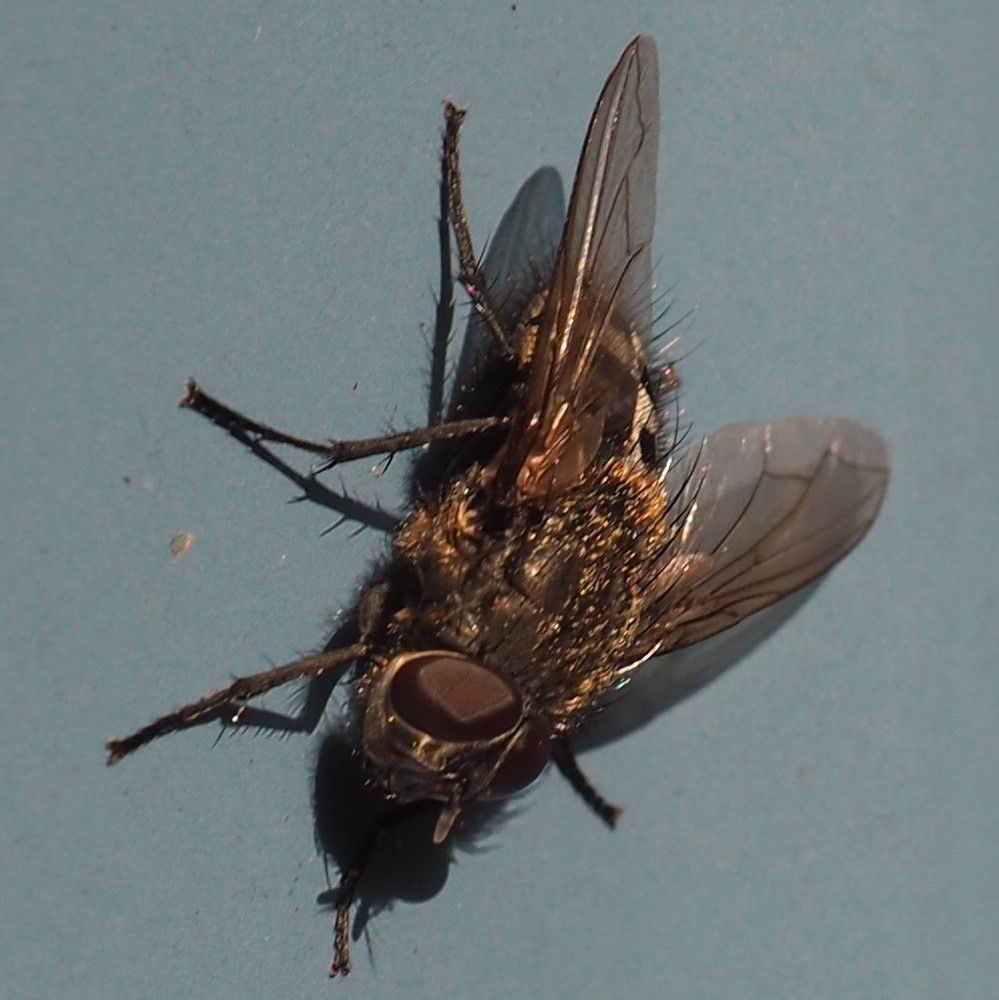
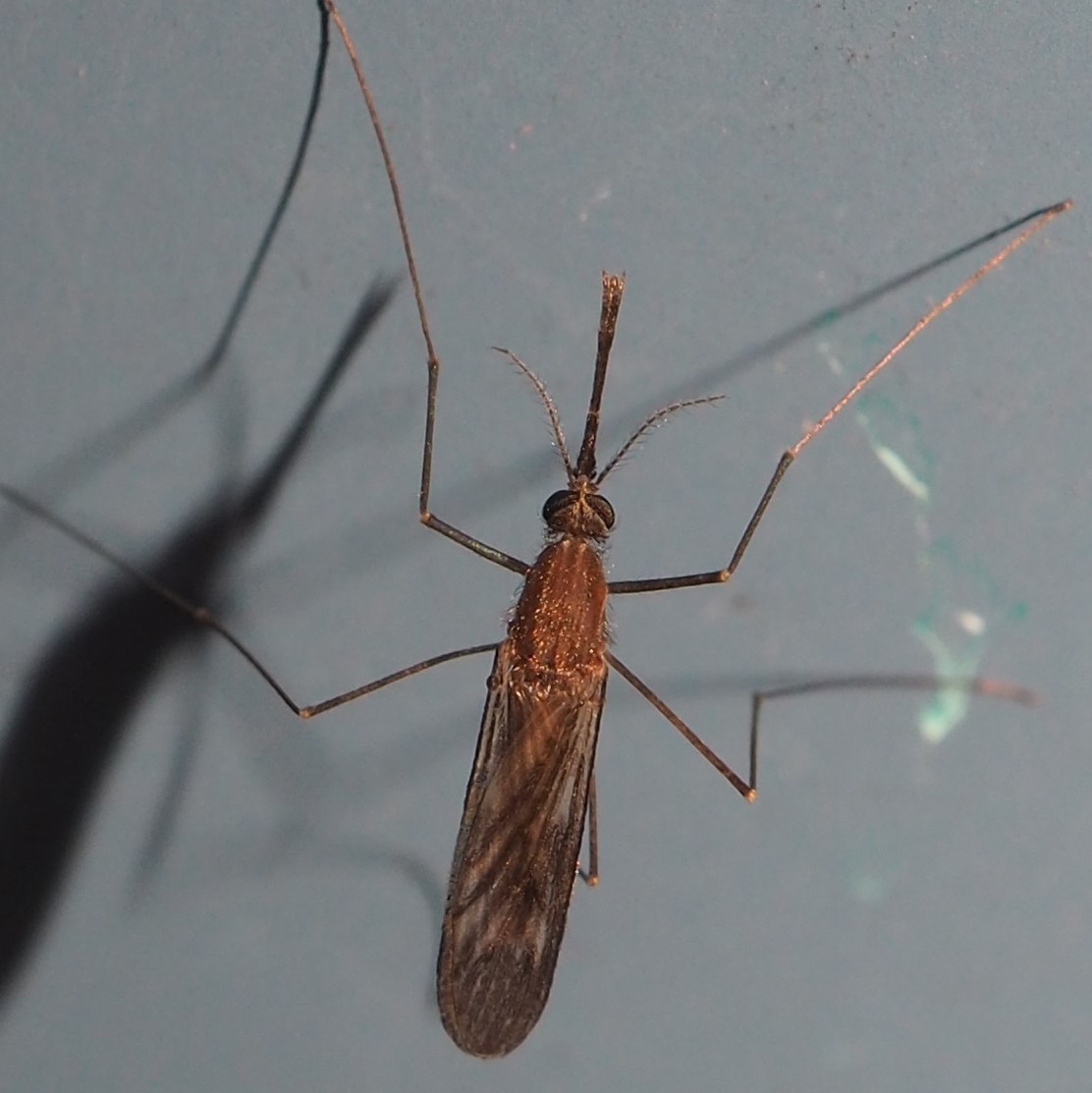
Quite a few Midges or Fungus Gnats. I have come to quickly identify, right or not, the Fungus Gnats as the ones with long sharp prongs on their leg joints.
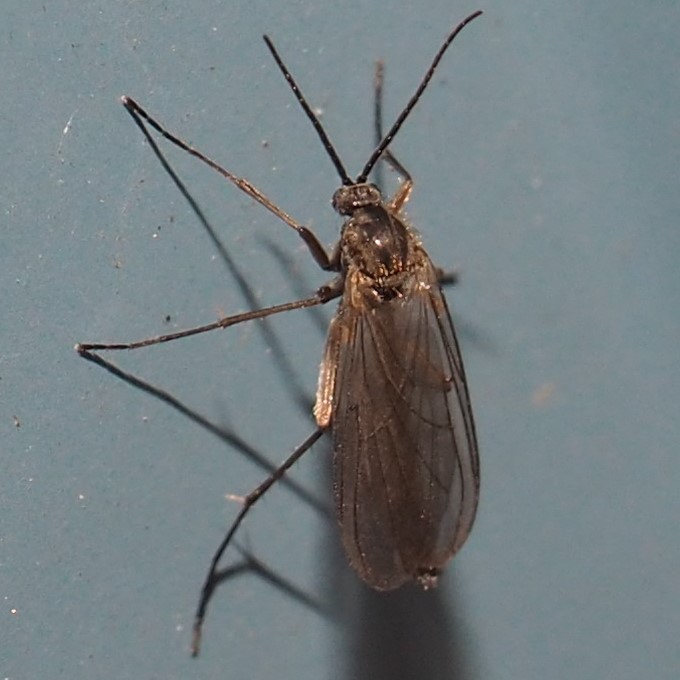
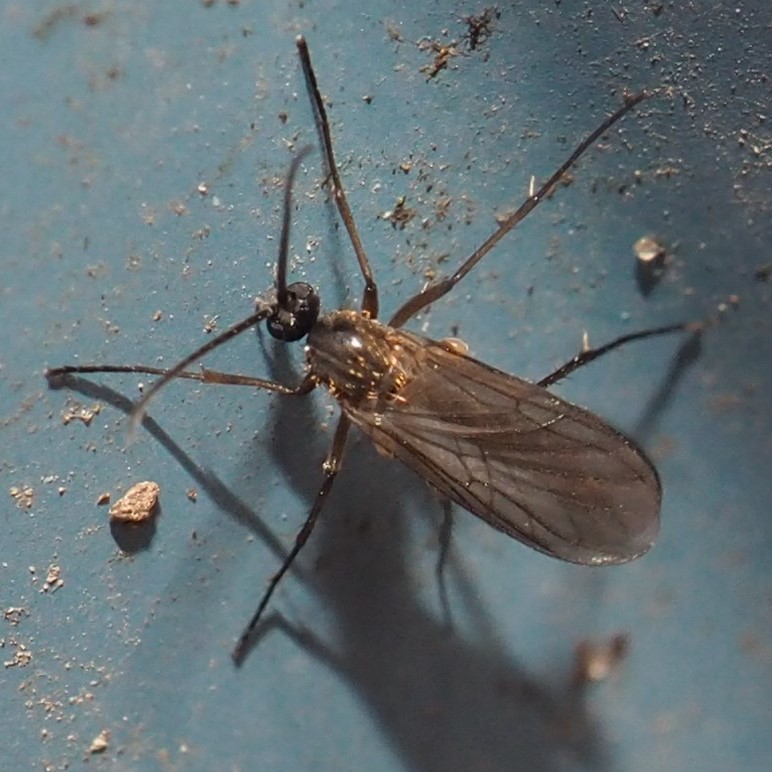
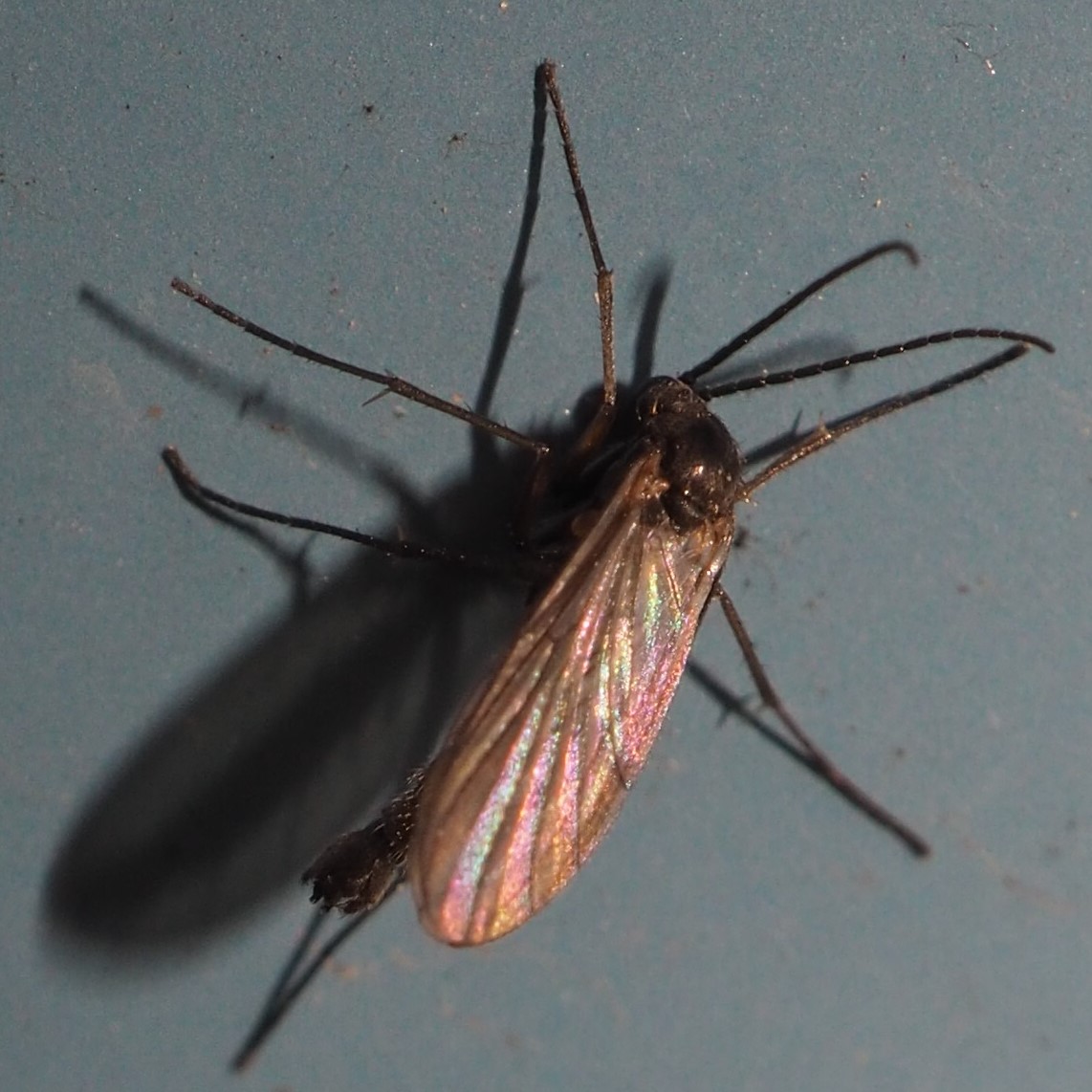
First here, a Midge, but not necessarily Non-biting. Then the first Mating pictures of the year! The fuzzy antennae on the lower Fly look to me like those of a Gall Midge. In fact, when I looked at the little creatures without a lens the whole construct looked like a piece of fuzz on the Wall.
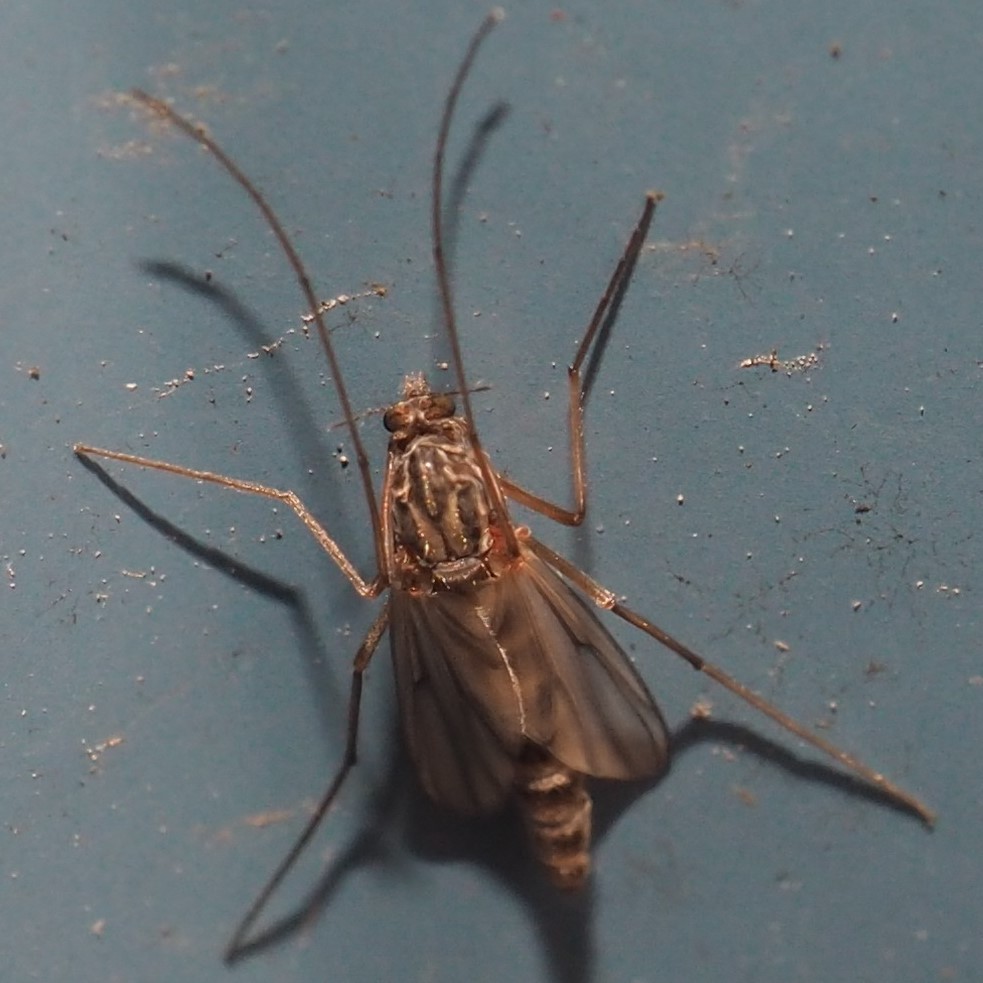
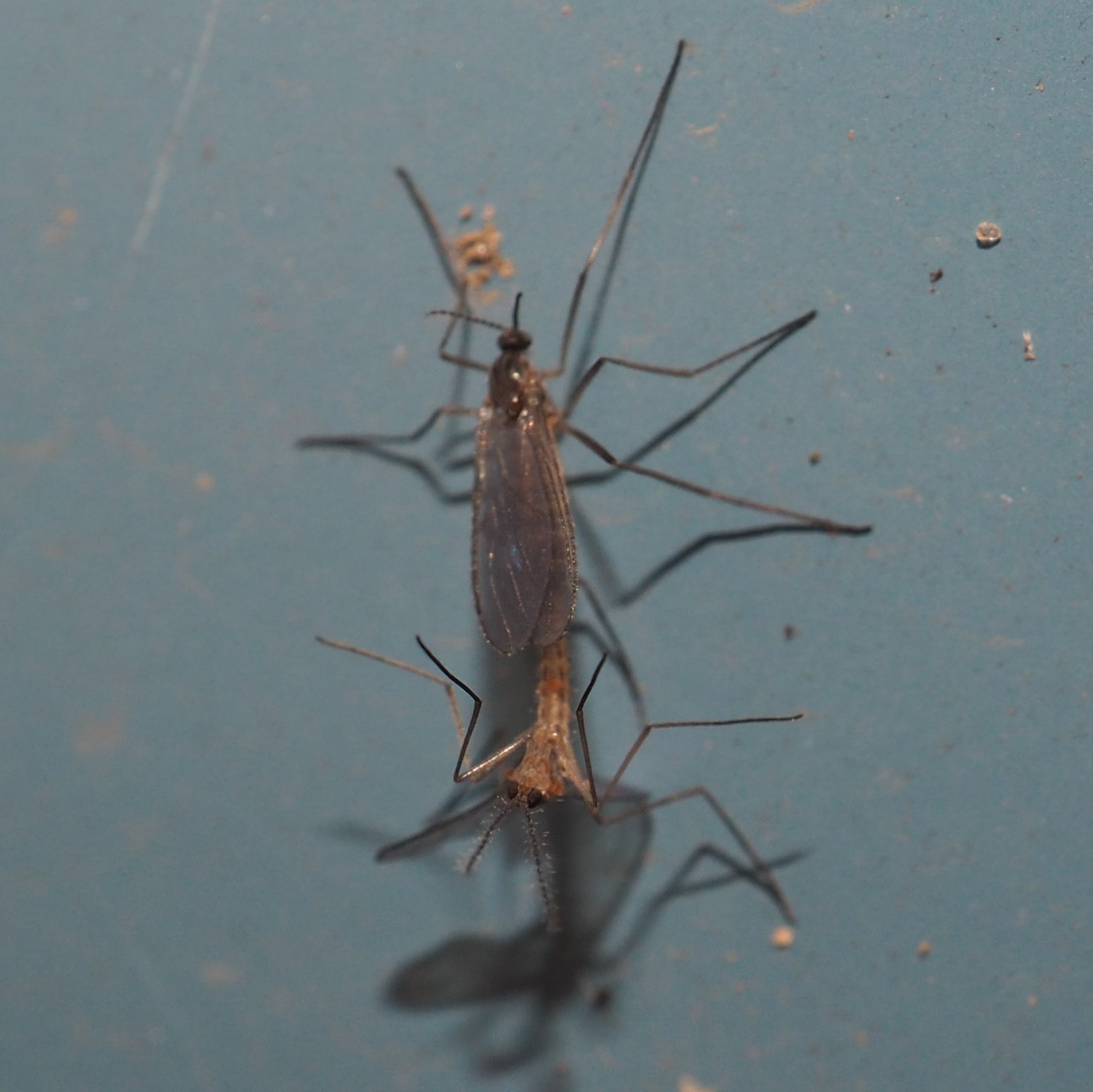
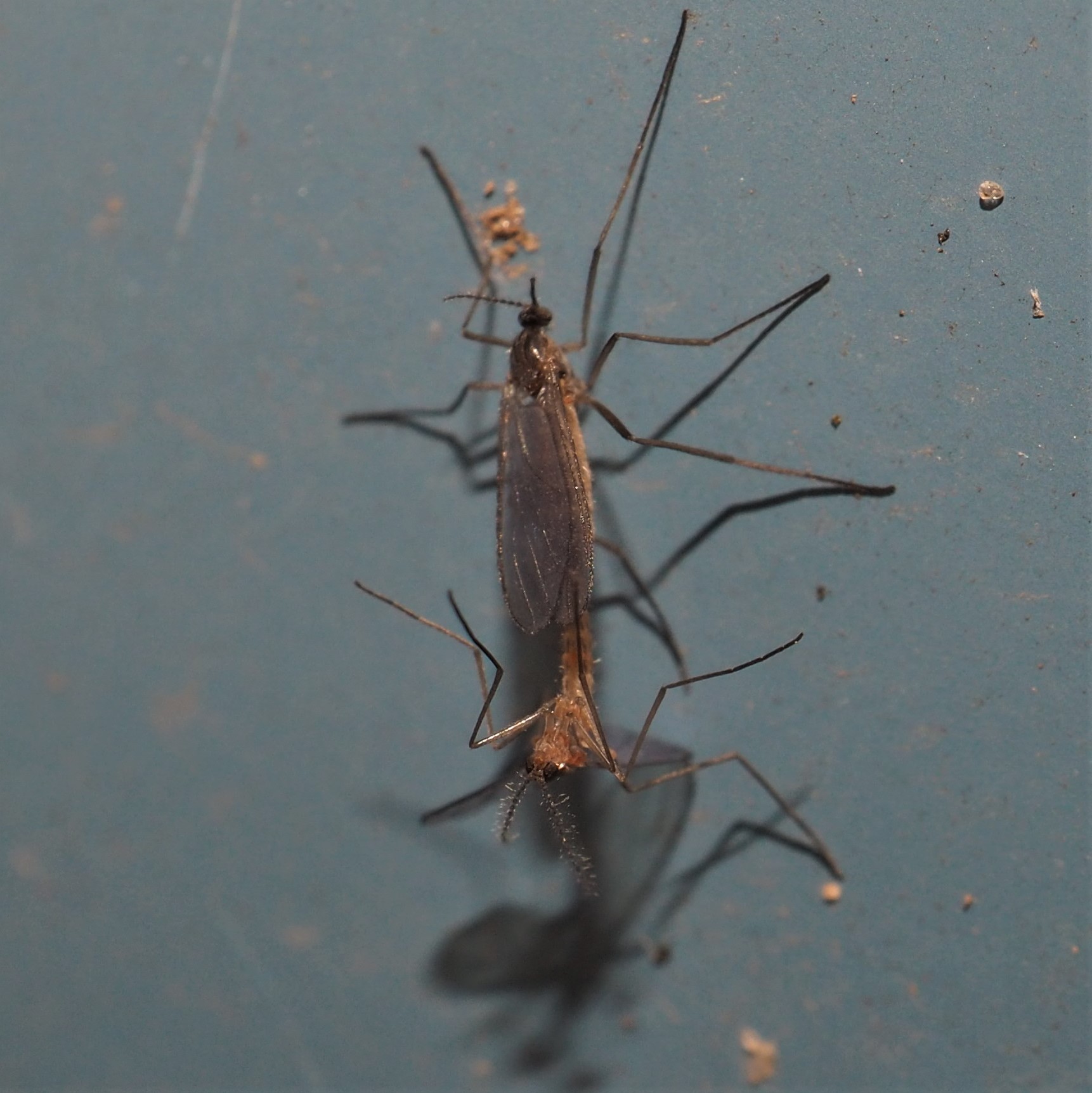
It's almost time to order some new Water Lilies for the pond. It has defrosted, the heater has been removed and the pump turned on. Now most of the fishes respond to my "Here fishy fishy fishy" song and come over to where the food blflakes are spreading out on top of the water. They let me get a few photos of them. I see that there are more than a couple of tiny fish who seem to have been produced by Chica, the big blue speckled fish who appears underneath that first brown fish on the left. Their colors are not the inbred brown, but a mix of colors.
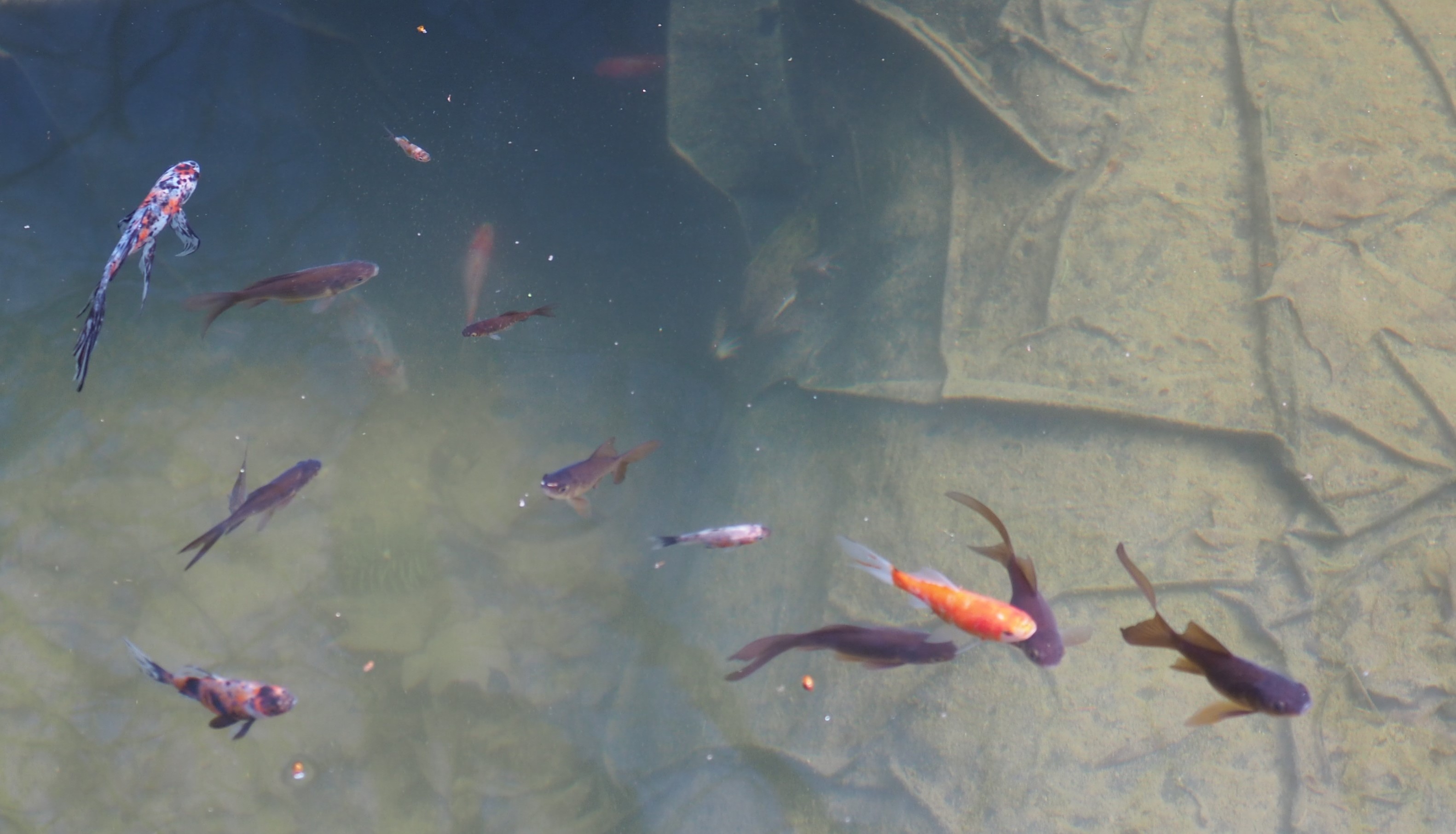
But wait! Run that picture again. Do you see a strange formation in the folds of the pond liner about a third of the way down in the center? I isolated that patch in the editor and found this:



Look, on the last day of the pond relining process, the last creature who drew himself out of the water (I had to lift him to safety a few feet from the pond) was our FROGGY! And that was the last I saw of Froggy that fall day. But now the strange fold on the lining is smooth and something is floating on the top. Something frog-like. The last picture shows him clinging to the side of the pond. I remember when he appeared last year, he was so small and I thought at first he was a new tiny female frog (the size of his tympanic membrane compared to his eye had not increased to male proportions (look at picture 3)). But this is a huge male Green Frog. I hope that he will enhance the pond life this summer as he had in the past. I know he will want to be able to get out of the water to hunt, so I took a slab of styrofoam that came with some chicken from the store), wired it and fixed it to the top of the pond with a flat rock. Once he figures this out, he is free to come and go.
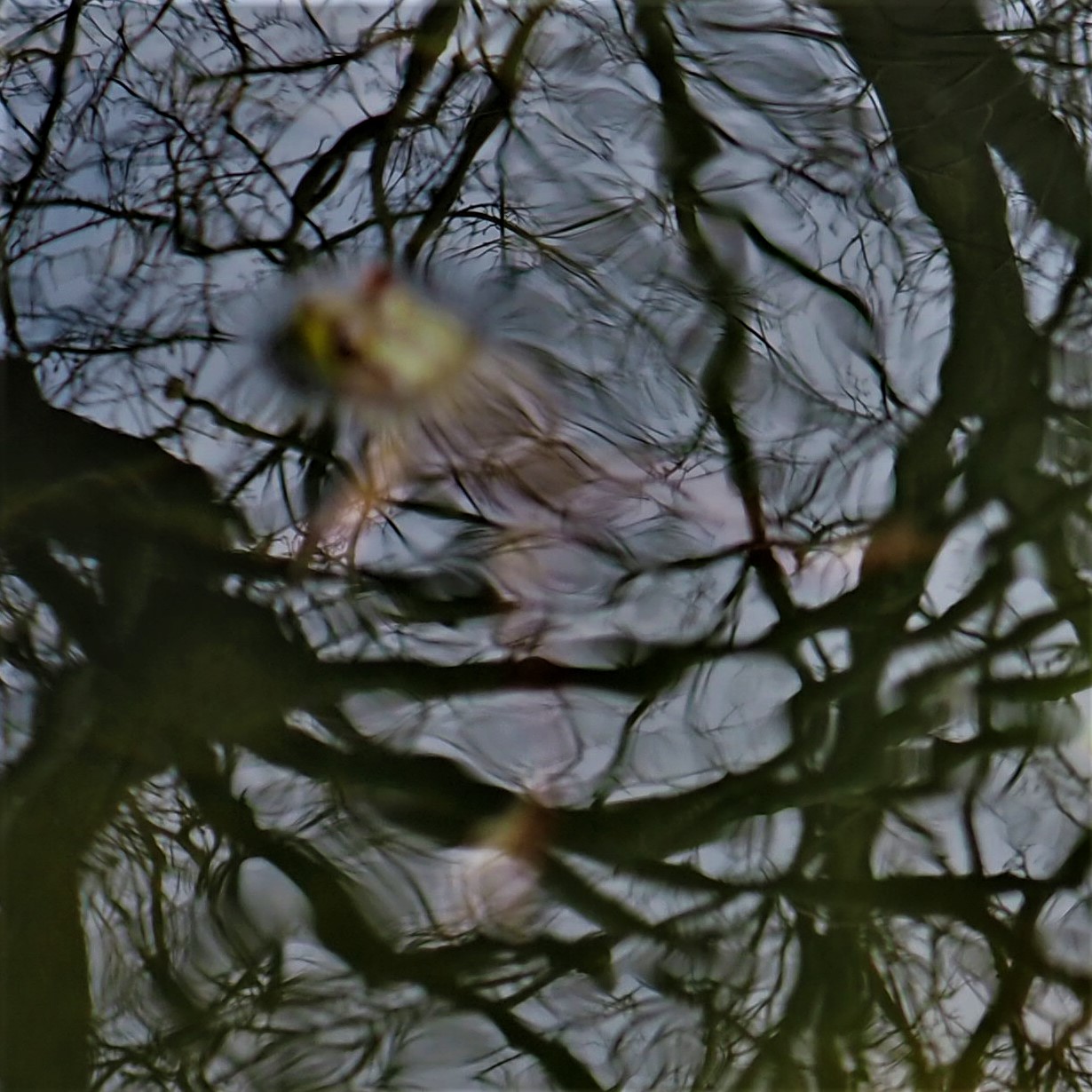
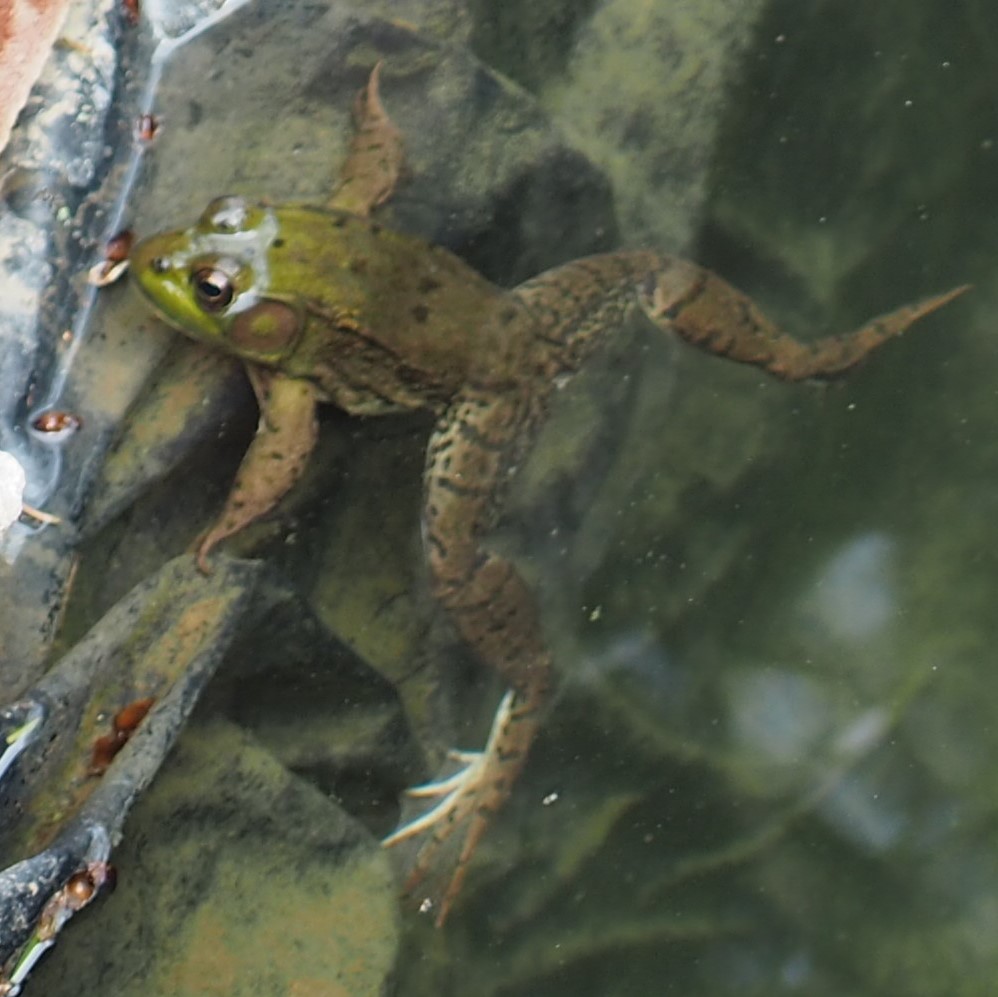

Before we bounce ahead to the Spiders, let's see a few flower pictures. There are still clumps of the Easy-spread Purple Crocus in the front yard, while it is falling over in the back, where it started. The Grape Hyacinth (the one that did NOT put up its leaves to lie on the ground over the winter) is up and about to bloom. The other is taking its time. Third, my friend Kathleen showed me pictures of her tiny Daffodils, and I said, "Mine have not come up.". That afternoon I found one just about to lift its little head right in my front yard.
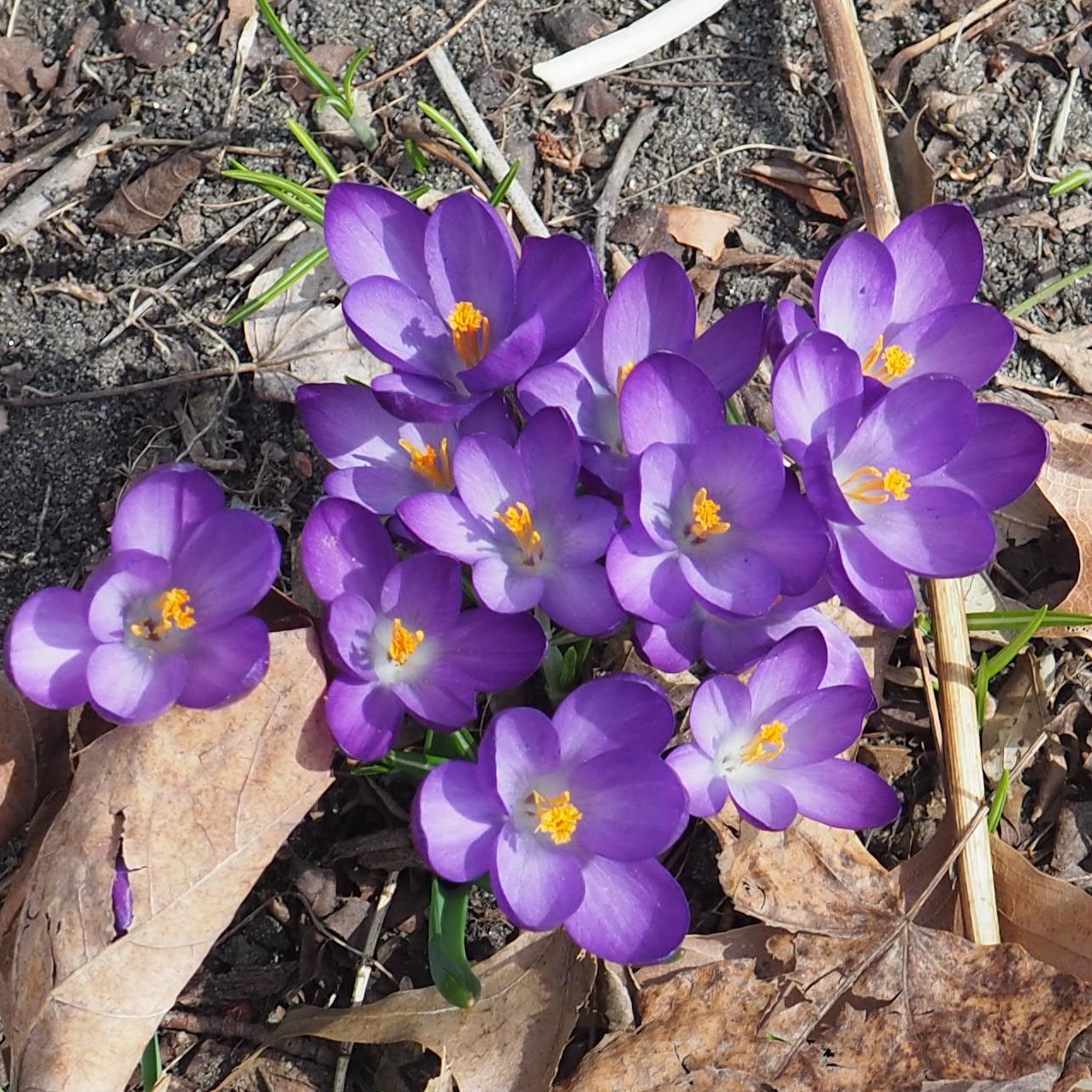
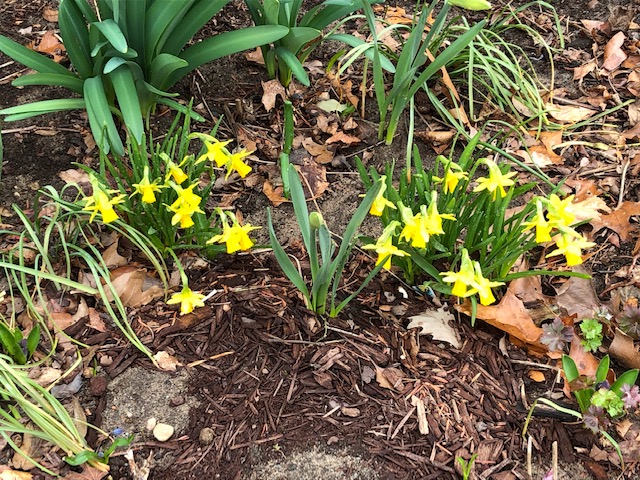

The Grape Hyacinth (the one that did NOT put up its leaves to lie on the ground over the winter) is up and about to bloom. And the Hellebore finally began after the rain to lift its flowers.
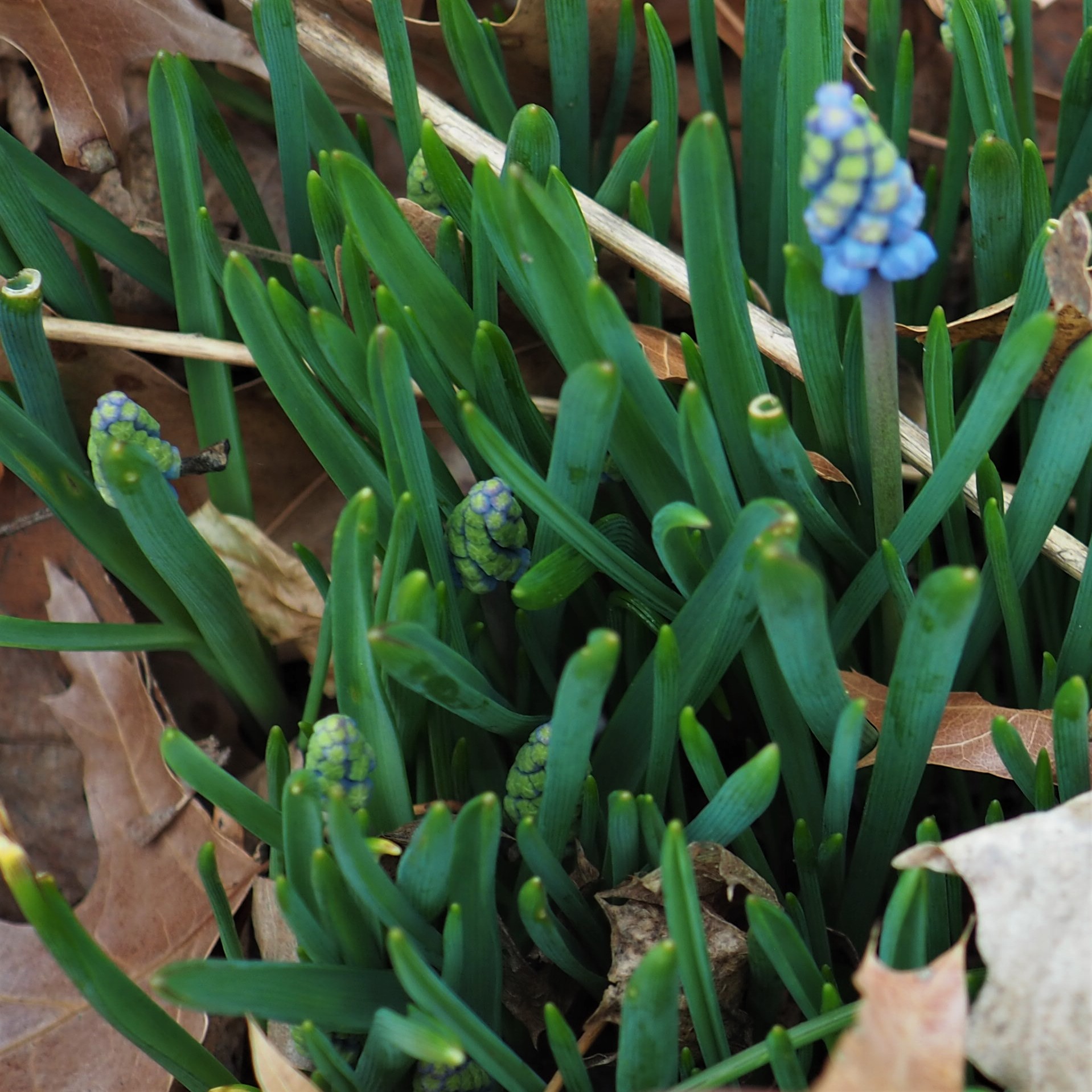

I suppose you are champing at the bit to see the Spiders! There were a lot of them, many almost invisible. This first one is so small it must be one of those Dwarf Spiders. The next one is shaped differently, so I'm not sure what it is. The third little guy is in genus Grammonota.
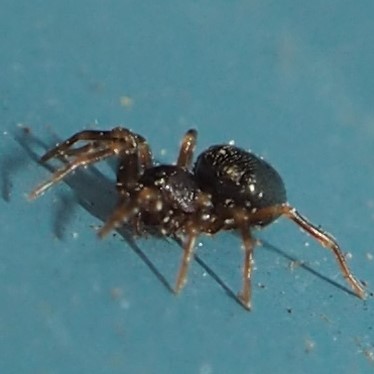
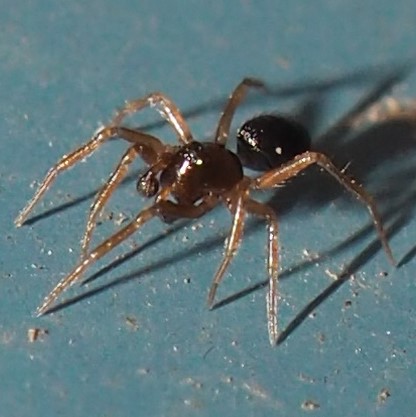
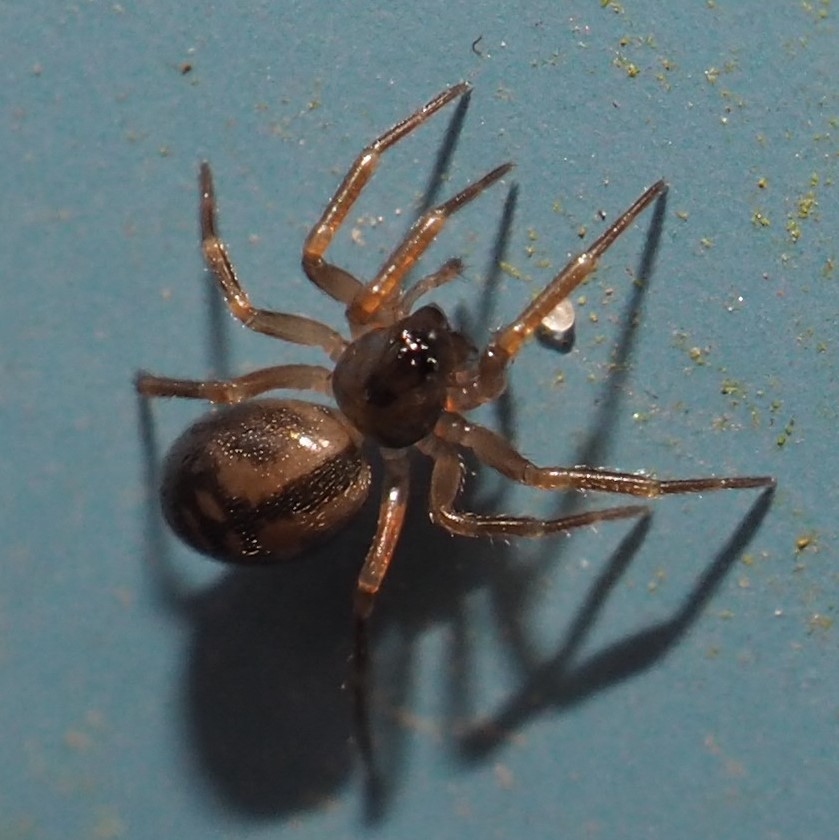
First, a Long-jawed Orbweaver, in genus Tetragnatha, is trying to hide in that crack. Next, a Thin-legged Wolf Spider. Third, this tiny one looks like a nice round Cobweb Spider. Maybe it's very young. We do seem to have a lot of very little Spiders. After all, it's almost Spring.
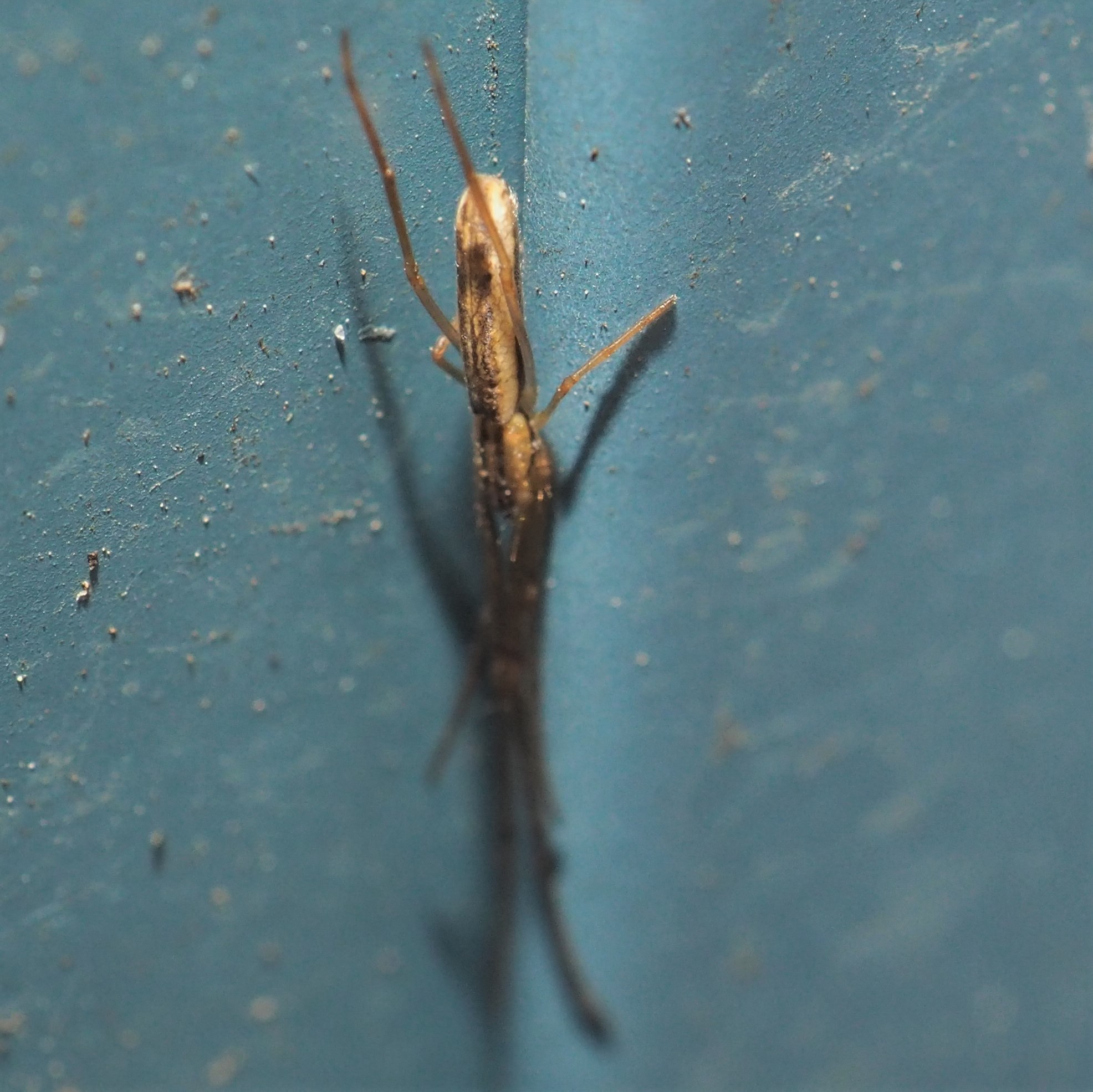
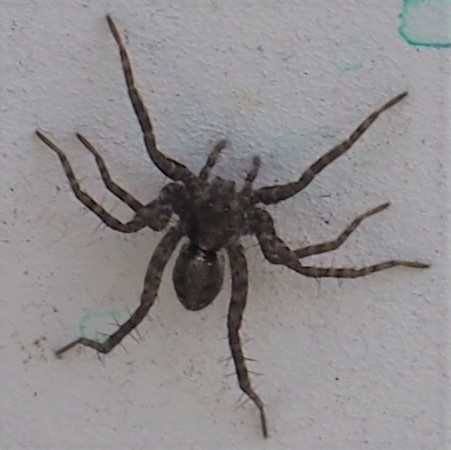
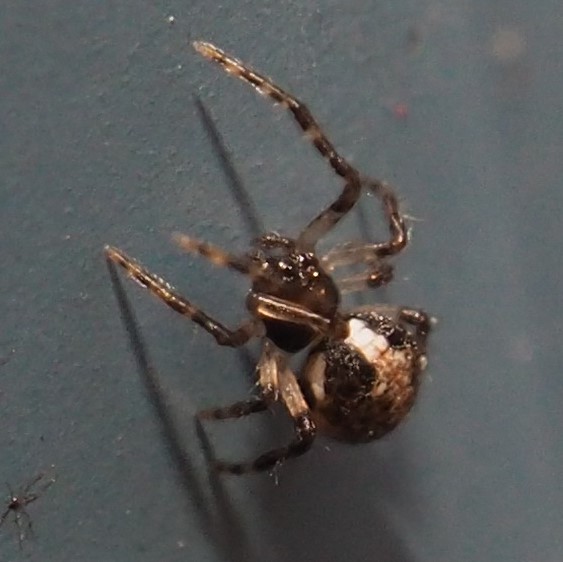
I like this rosy Cobwebber. A baby, it liked to hang back in the corners. Another. The world seems full of differently patterned round Spiders. But one of the most common, in name only, is the Common House Spider. Here's a baby.
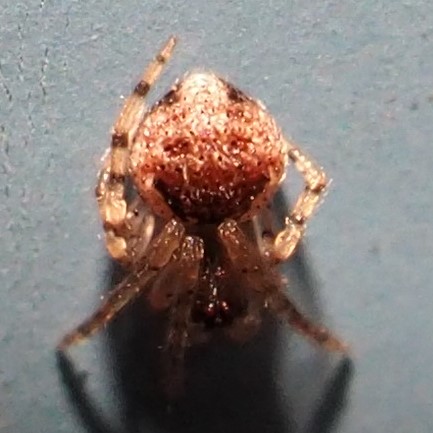
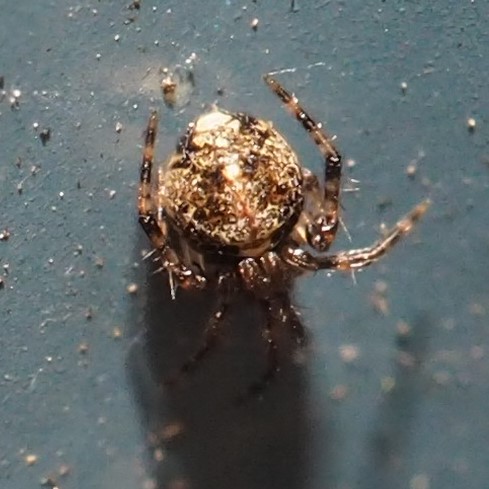

Here's another couple of young Common House Spiders, followed by one of genus Bassanania, with its heart-shaped carapace. Don't those look like big eyes on the abdomen?
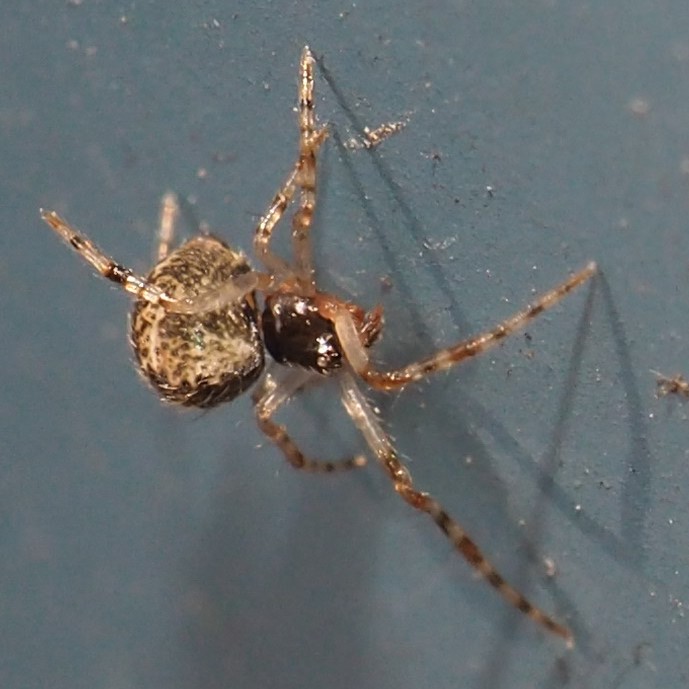
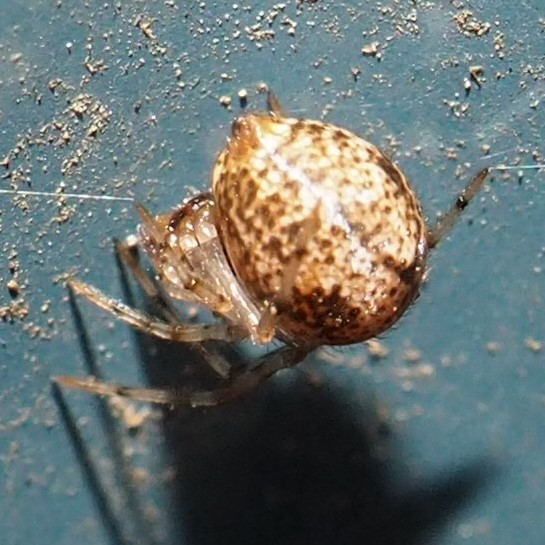
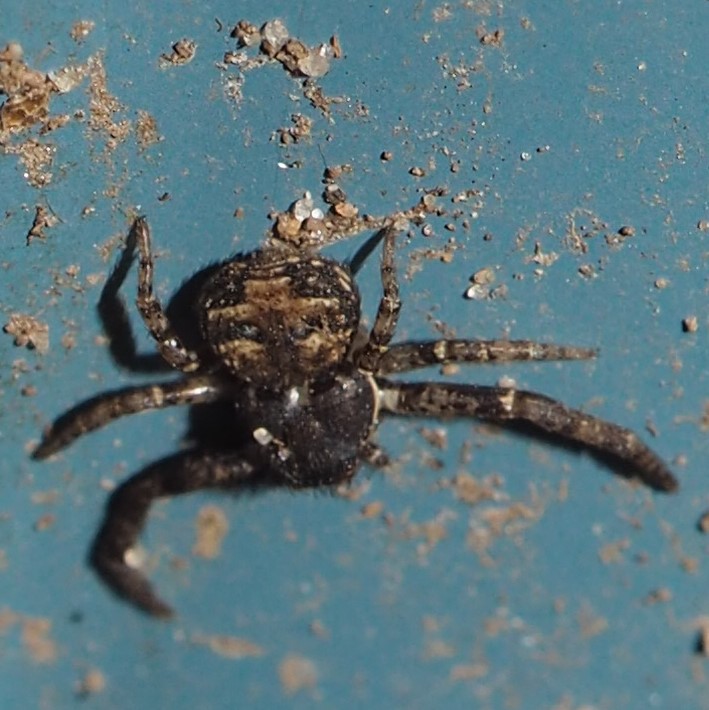
Last chance: Here are two Springtails. The first is the Cosmopolitan Springtail. The second is in genus Tomocerus.
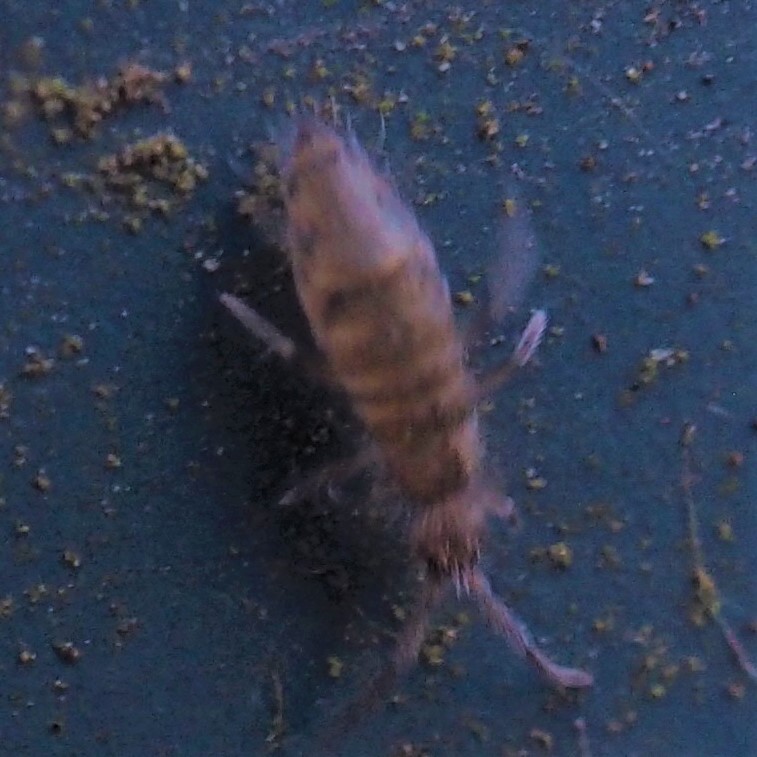

It was good to have those nice warmish days, and I hear a few more are coming (after a few more winter days). Maybe that will help me get over this bronchitis. I've had to quit PT for a while but I'm looking forward to getting back in there. Come on Spring, lay it on me.
Love, Martha
I'll cheer us all up with some more color-morphed photos. You have my permission to use them with credit. These are from this year's Snowdrops in the Seely yard.
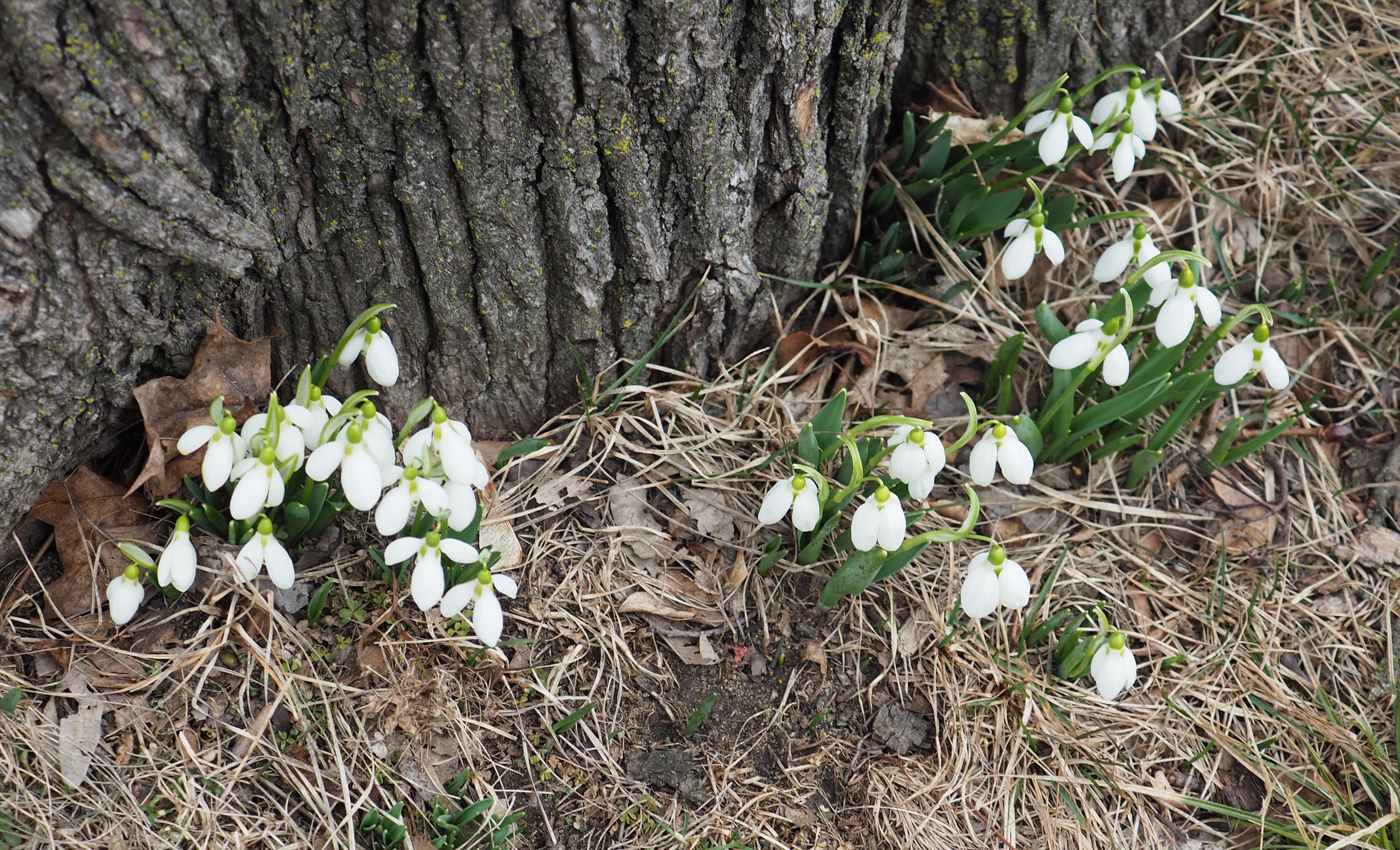
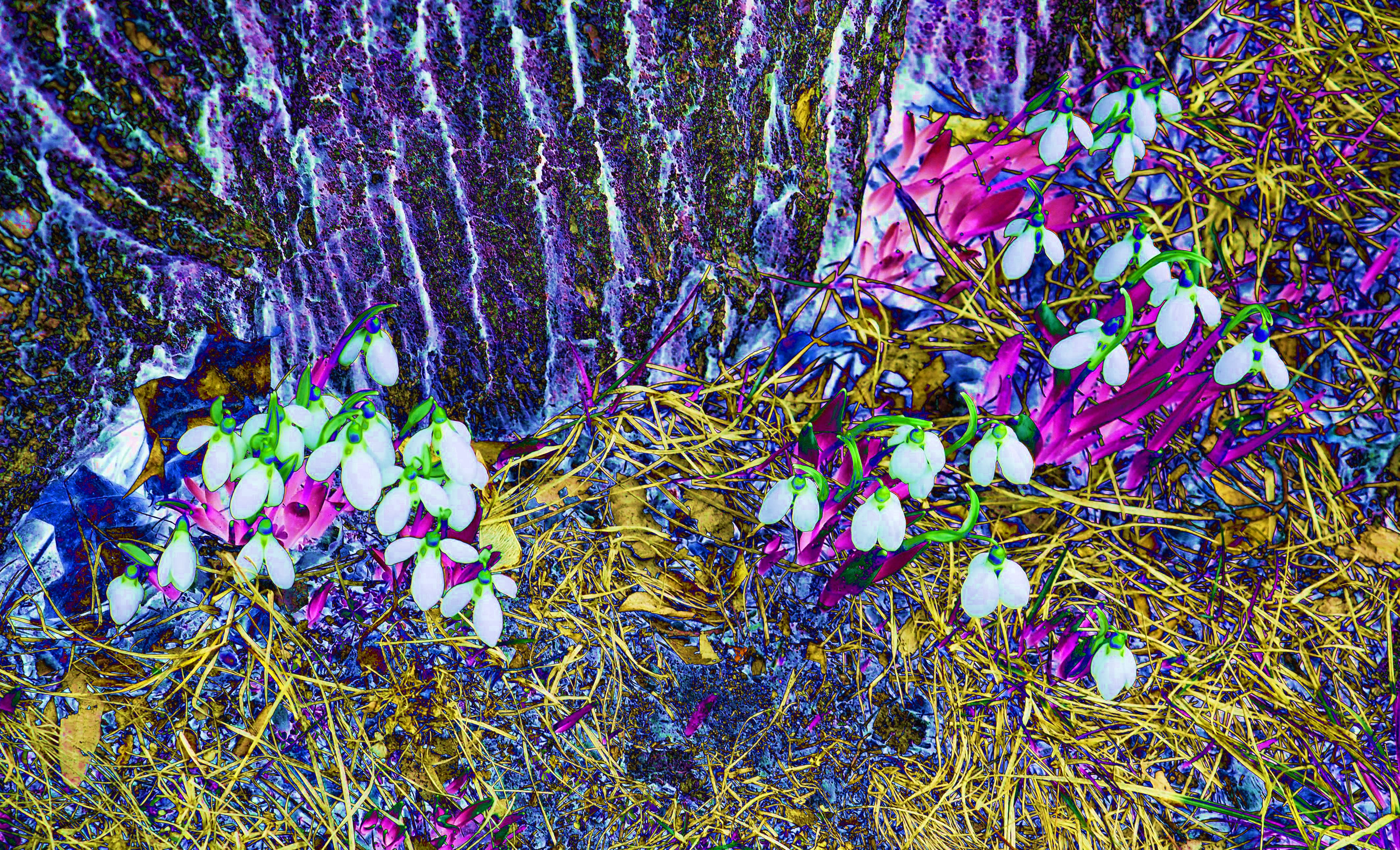
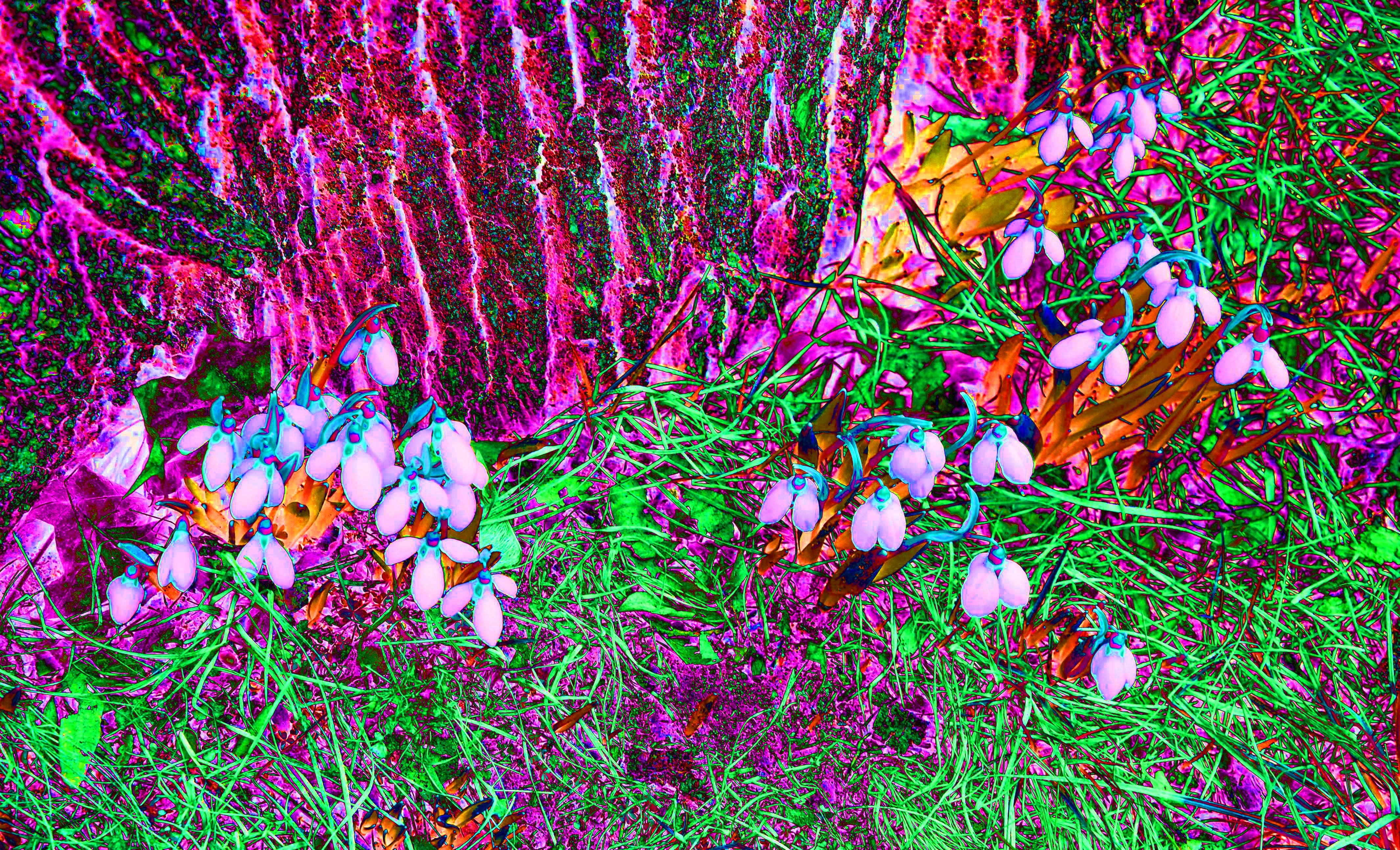
Back to March 21, 2021
Forward to April 4, 2021
Back to main menu
copyright Martha O'Kennon 2021









 4 14 15a.jpg)


































.jpg)









































